|
Week
ending: 26th September: Skateraw and Torness
For the first time in a few weeks the weather was predicted to be
better in the East than in the West. I fancied a wee visit to Skateraw,
a favourite location off ours, situated a few miles east of Dunbar. The
early cloud was clearing as we entered Dalkeith Morrisons for breakfast
(9/10: excellent as usual, although -1 for plates being too small). By
the time we left the Cafe the sun had broken through and it continued
to shine for the most of the day.
After
a 20 minute drive east we arrived at a warm and sunny Skateraw .
The tide was very low and only a few birds were on the shores around
the bay. We started our search at the old lime kiln. It
didn’t
look too promising at first, but within a few minutes we’d
seen a
Curlew foraging amongst the seaweed and a Meadow Pipit and Rock Pipit
had made appearances. Of course, flowers and insects were in short
supply since we had just entered Autumn, but I came across a Flesh
Fly
on some Scentless Mayweed.
| Curlew |
Meadow Pipit |
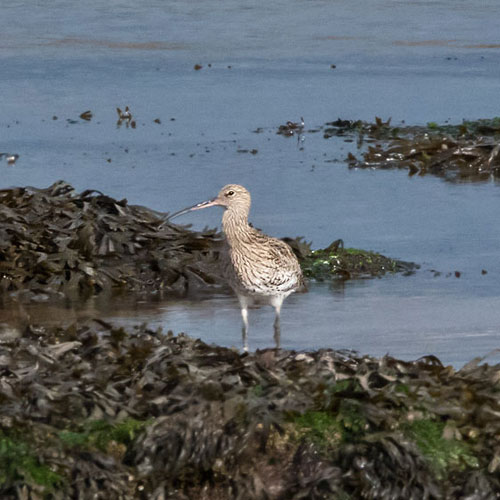 |
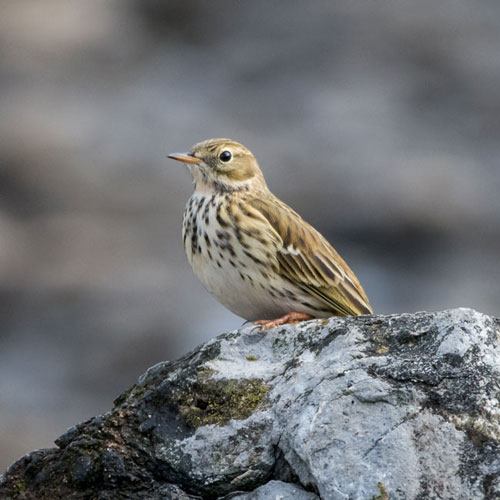 |
| Rock Pipit |
Flesh Fly - Sarcophaga |
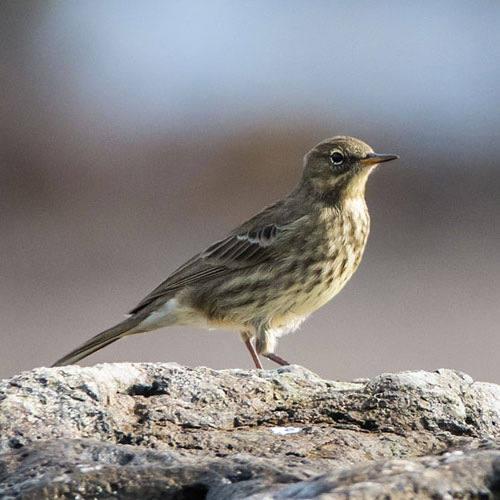 |
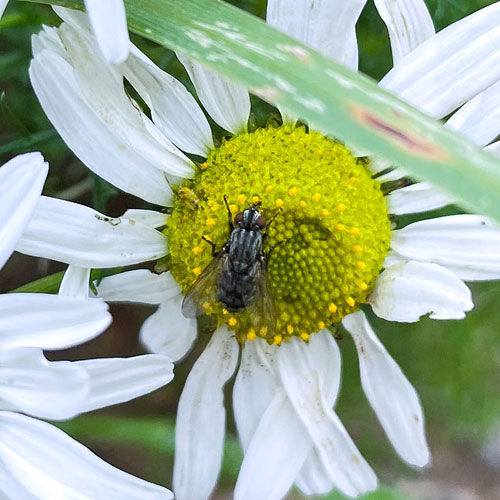 |
There
were also several Pied Wagtails hopping around the exposed rocks,
leaping up suddenly to pick off flying insects. We made our way around
the shoreline toward Chapel Point. We came across a few Linnets that
were on the sands with Pipits and Wagtails.
| Male Pied Wagtail |
Female Pied Wagtail |
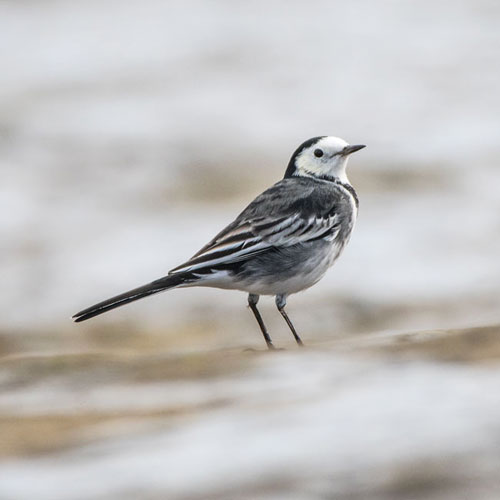 |
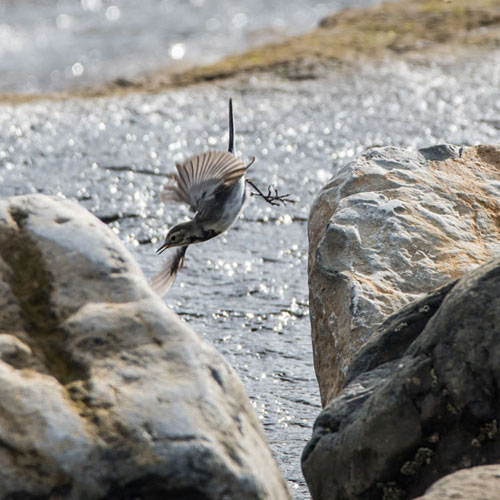 |
| Linnet |
Meadow Pipit |
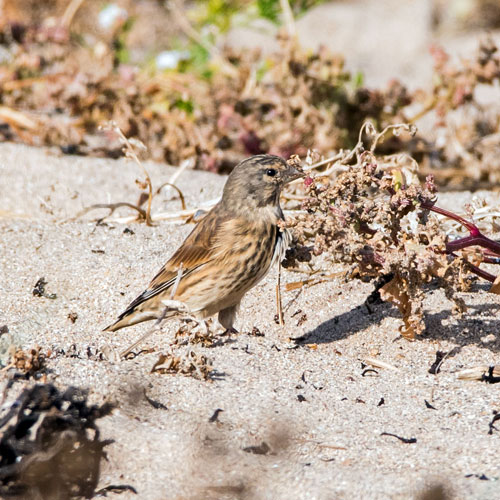 |
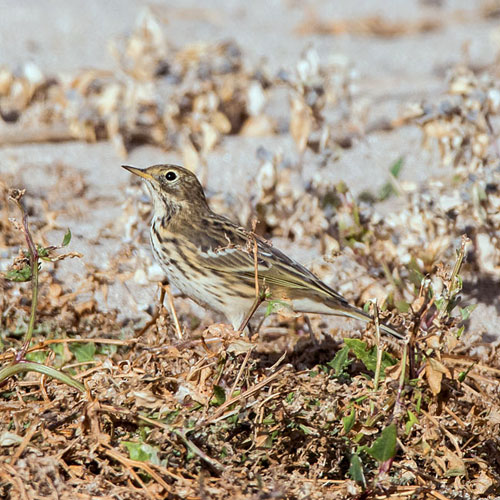 |
We
continued round the bay and eventually we had a fine view of the Barn
Ness lighthouse. We could also see the Bass Rock in the background. It
was white with Gannets and their droppings. We hoped to see some of
them as they commuted between their feeding grounds and the Rock.
We
could hear the sounds of birds that were lot closer, on the impressive
layered slabs of rock exposed by the low tide. A tidy-looking White
Wagtail made
a brief stop in front of where we were sitting, posing long enough for
a few quick snaps. Even quicker snaps were required to photograph some
flighty Starlings that were feeding on invertebrates within a seaweed
pile.
We
paused too at Chapel Point and observed a distant Grey Heron flying
into the bay. A pair of Cormorants were drying their wings watched by a
single Oystercatcher. Next a couple of piping Redshanks sped into the
Bay landing on the opposite shore. We picked our way over the rocks to
return to the Sandy beach. We passed another Rock Pipit that had just
had an argument with another Pipit.
Meanwhile,
overhead there was an encounter between a Carrion Crow and Kestrel. We
often see such mobbing
of raptors by Crows and Gulls, but the Crow was unusually persistent
and bullied the Kestrel across the bay towards our next location
Torness.
Torness
Power Station is
less than a mile to the east of Skateraw. We drove to the visitors car
park and set off along the concrete walkway that runs along the
northern perimeter of the power station. Straight away we came across
as wee female Pied Wagtail on the path. Like the others we’d
seen
at Skateraw, it was busy catching flies. We were pleased to see a
beautiful Curlew on the shore just below the walkway and near it was a
Grey Heron stalking the occupants of a sea pool. Further along the
walkway I photographed a Herring Gull that was standing on a rock that
was being lashed by waves.
| Female Pied Wagtail |
Curlew |
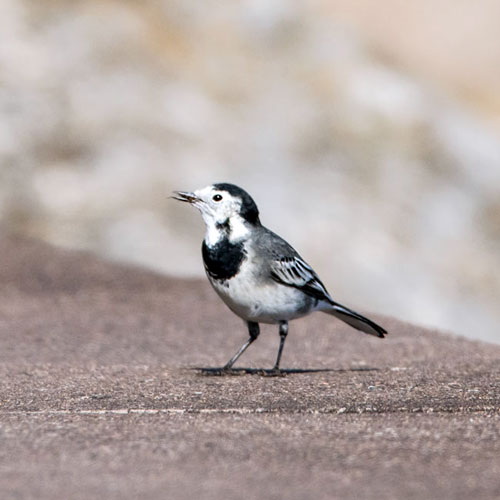 |
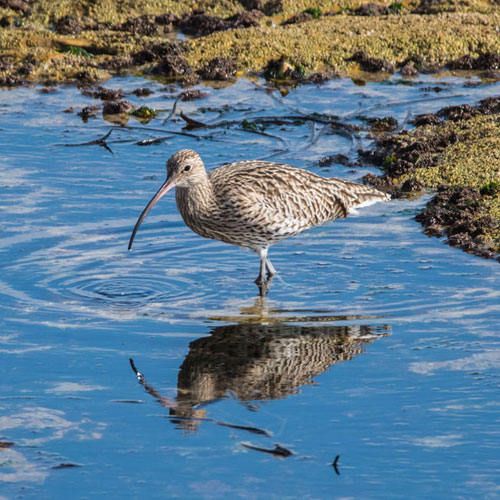 |
| Grey Heron |
Herring Gull |
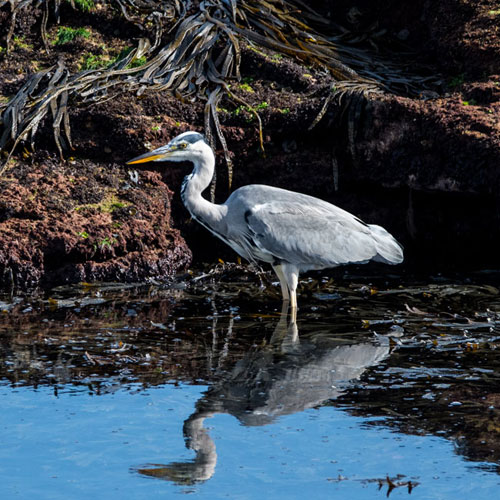 |
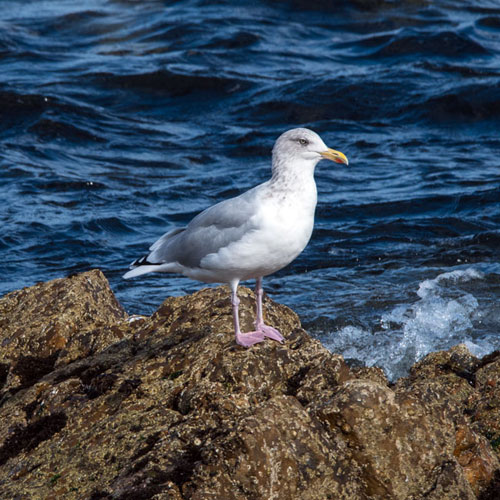 |
I
said we wanted to see Gannets and before too long a few individuals
passed close to the walkway, giving me several excellent
photo-opportunities.
As
well as adult Gannets we saw a few first-year juveniles venturing out
on their own. We also had close views of passing Shags, both in the air
and in the water. We had close views too of passing Cormorants. These
birds are fairly similar to Shags and even experienced birders have
identification difficulties, which is why John and I refer to them as
“Shag-orants” until we have studied their photos. I
discovered a juvenile Grey Heron posing in a very photogenic setting on
one of the very many large Dolos units
that make up the power station sea defences.
| Gannet |
1st Cycle Gannet |
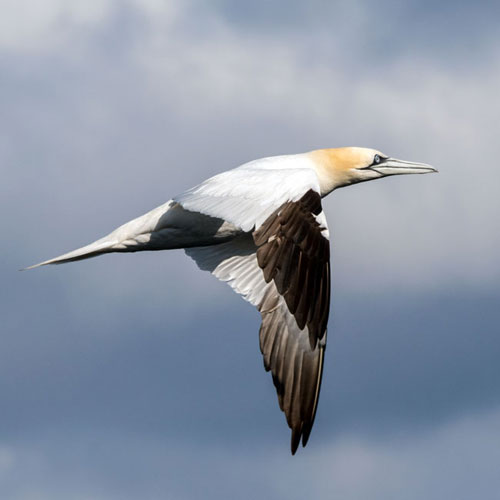 |
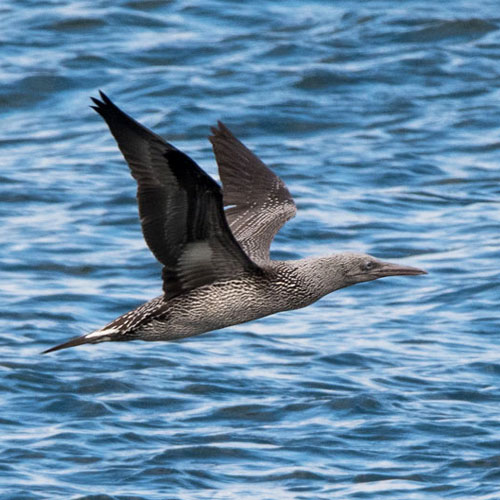 |
| Shag.... |
|
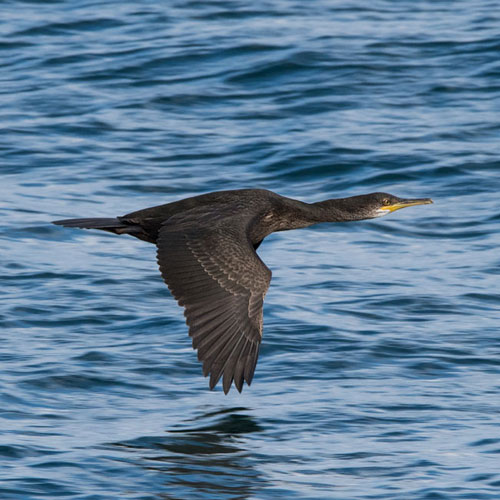 |
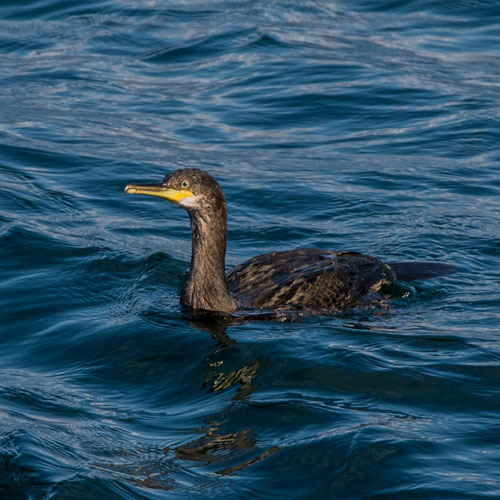 |
| Cormorant |
Grey Heron |
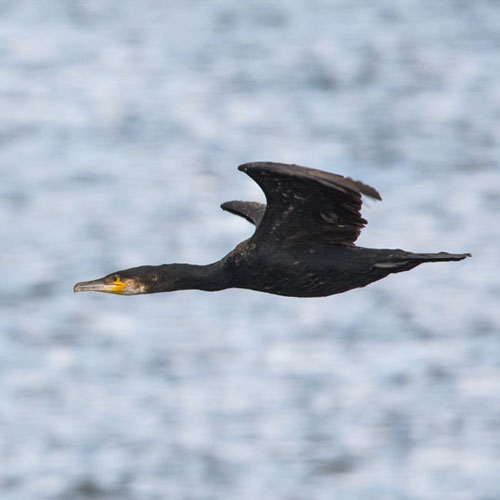 |
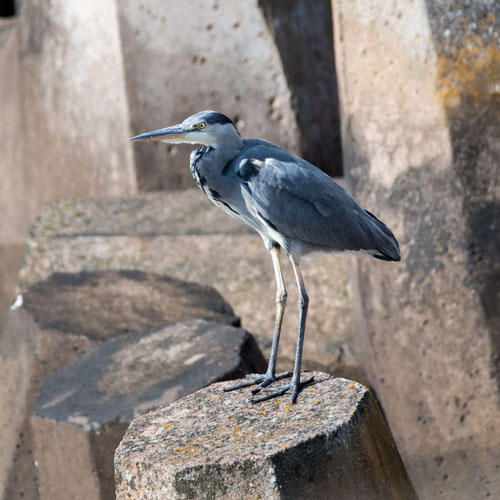 |
From
the end of the walkway we noticed some Guillemots bobbing in the water.
We had seen a dead Guillemot earlier on the beach at Skateraw and there
have been recent reports of
Guillemots, as well as Razorbills, washed up along the North Sea coast.
Sunday’s Guillemots at Torness were not very active so I hope
they were just resting rather than dying. We returned to the car via
the Upper walkway - an alternative route used in stormy weather. John
spotted a Small Tortoiseshell butterfly taking shelter from the stiff
breeze on the upper walkway. He also suggested I photograph a
Brown-lipped Snail he had found on the walkway wall, and, of course, I
obliged. The Snail was by an attractive patch of Orange
Sea Lichen .
Our last picture taken was of Sea Mayweed, similar to the Scentless
Mayweed we’d seen at Skateraw, but with sturdier stems and
foliage.
| Common Guillemot |
Small Tortoiseshell Butterfly |
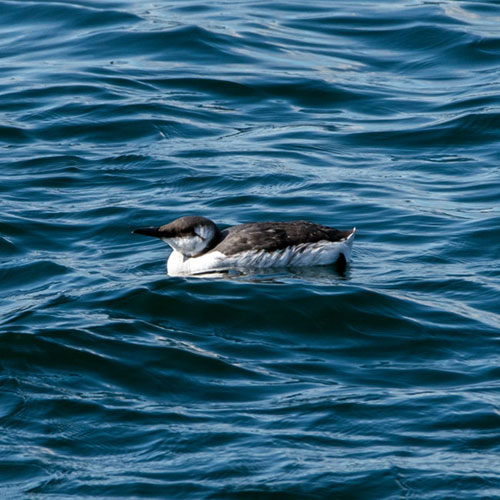 |
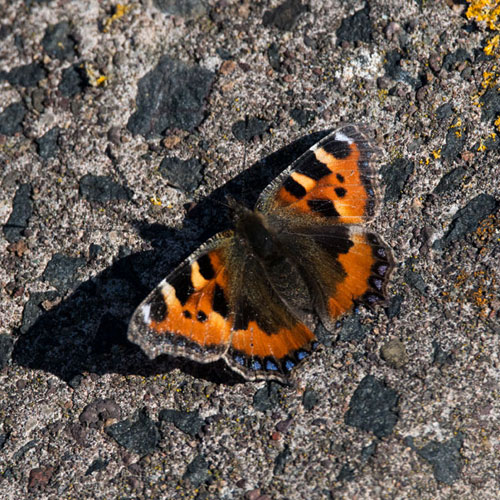 |
| Brown - lipped Snail / Orange
Sea Lichen |
Sea Mayweed |
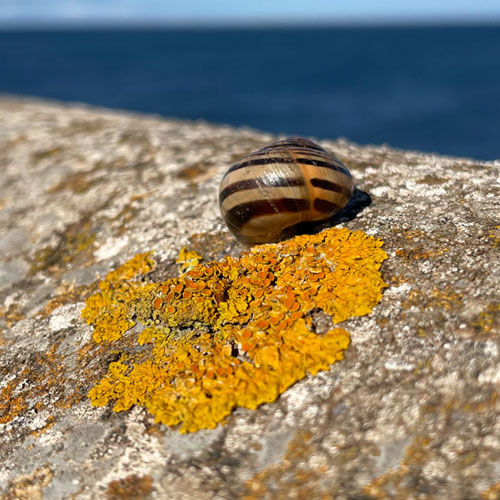 |
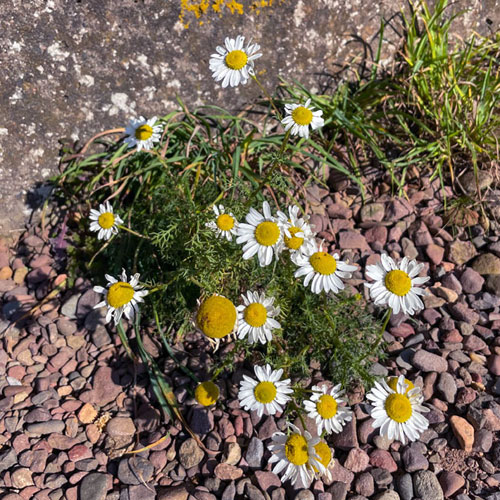 |
The
very mild weather, beautiful settings and a pleasing array of birds had
made the visit very enjoyable and, we both agreed, successful.
Highlights for me were the Kestrel v Crow and the close passes of
Gannets. As usual we celebrated with tea and Strawberry Tarts. However,
the weather predictions for the week ahead were gloomy. But
we’ll
see.
Week ending: 19th September 2021: Stevenston and Saltcoats
It
was another Sunday where “West was best” in terms
of the
weather. It had been about 7 weeks since our last visit to Stevenston,
so we decided to head for the Point, via Stevenston Morrisons of course
for two of their fine breakfasts (9/10: excellent but -1 for inferior
margarine).
At
Stevenston Point the tide was high and there were familiar birds
gathered on the rocks. These included Ringed Plovers, Oystercatchers
and Turnstones. I managed a snap of a young Cormorant splashing down
just off the rocks.
| Ringed Plover |
Oystercatcher |
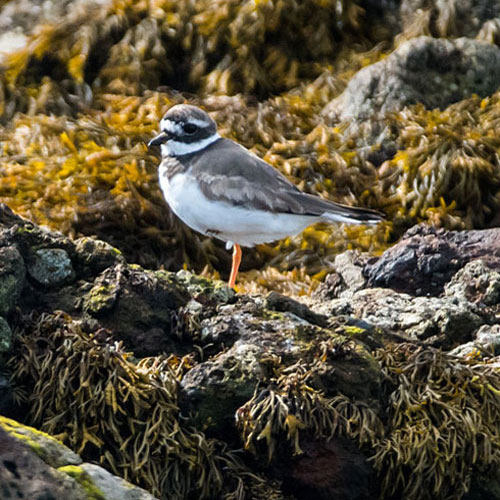 |
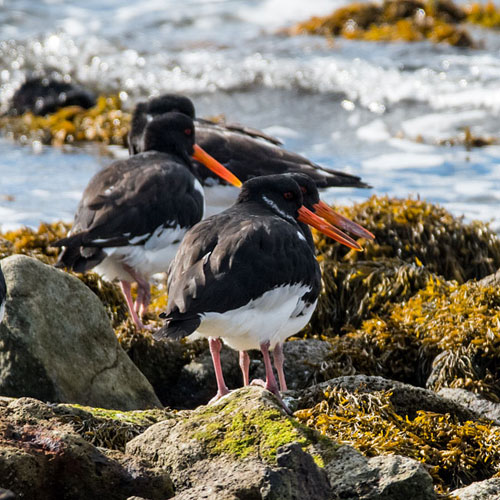 |
| Turnstone |
Juvenile Cormorant |
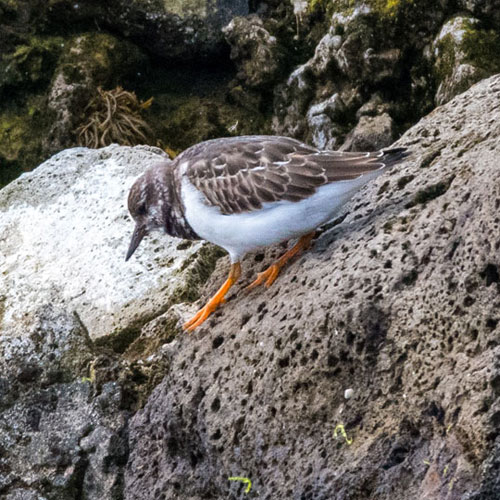 |
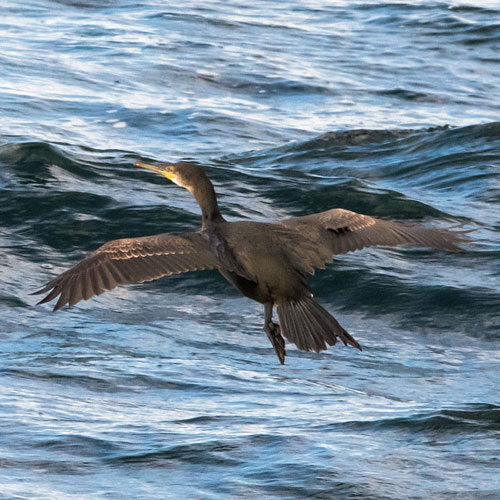 |
I
noticed a few Yellow
Fieldcap mushrooms
near where I was standing and tried out the camera of my new iPhone 12
mini. I’m fairly satisfied with the results. We walked to the
East side of the peninsula but it was quiet apart from the appearance
of an inquisitive Rock Pipit. However, we got a big surprise on the
West side since about 30 Golden
Plovers were
on shoreside rocks. We were careful not to get too close as they are
very flighty. Our caution was a waste of effort because a very noisy
high tech drone started flying at great speed above the Point, putting
up most of the small
waders as
well as the Golden Plovers. The overzealous drone handler had obviously
no concern for the well-being of birds.
| Yellow Fieldcap |
Rock Pipit |
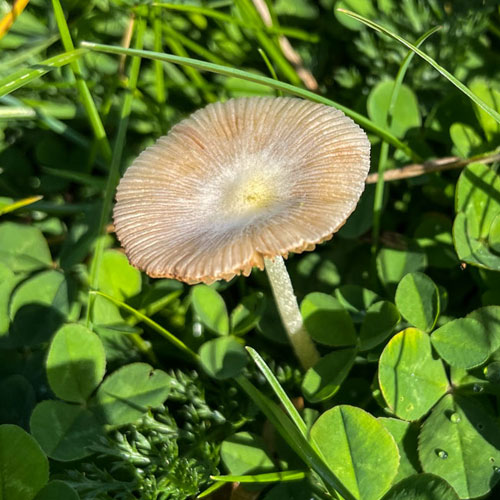 |
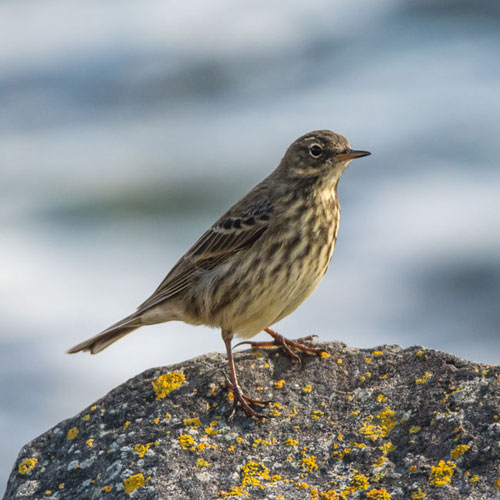 |
After
the drone was packed away, a few birds returned to the rocks and I was
pleased to discover of a few Sanderlings and a single Knot. Some Ringed
Plovers also flew in from the West and settled beside the Sanderlings.
One Common Gull, displaced by the influx, flew off rather
disconsolately.
| Sanderling |
Knot |
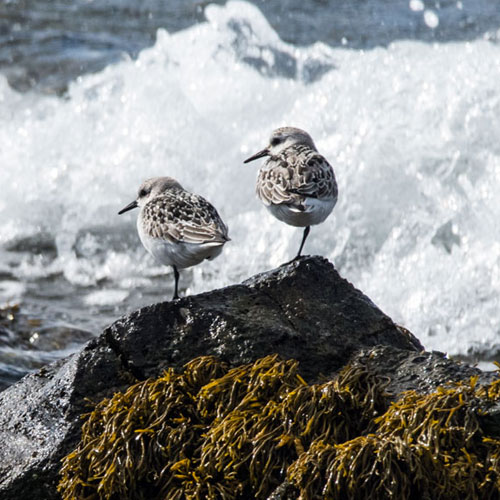 |
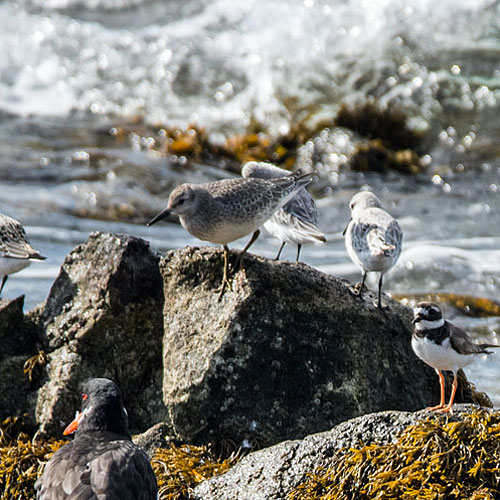 |
| Ringed Plover |
Common Gull |
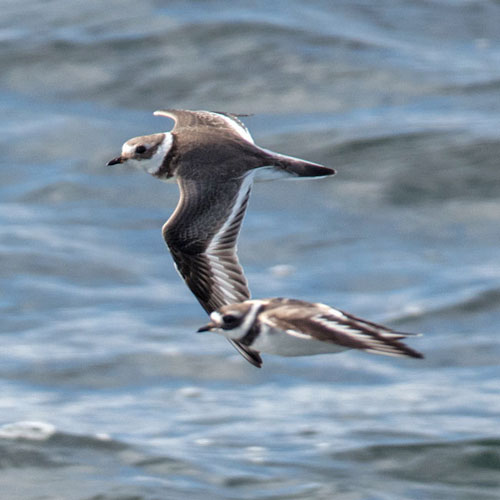 |
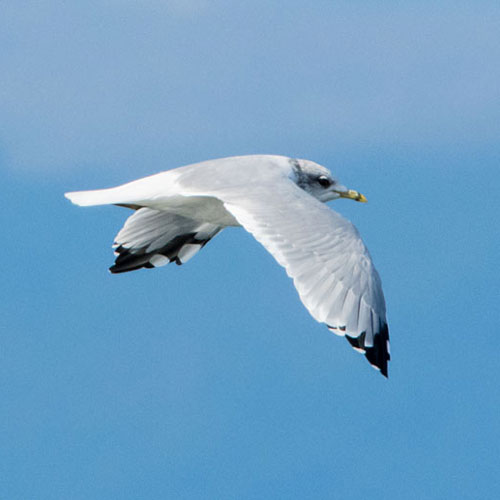 |
After
an hour we relocated to Auchenharvie Golf Course where there is a pond that
often attracts birds of interest. On our walk from the car park we
passed a Sea Buckthorn tree that was loaded with orange berries. As we
approached the pond we could see a Grey Heron standing at the edge of a
small island. John spotted a female Stonechat
on vegetation at the edge of the Loch. I carefully approached the bird
and managed a couple of shots as it moved between the clumps of reeds.
| Sea Buckthorn |
Grey Heron |
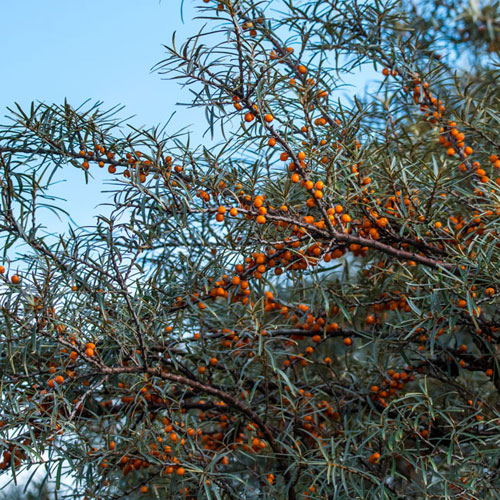 |
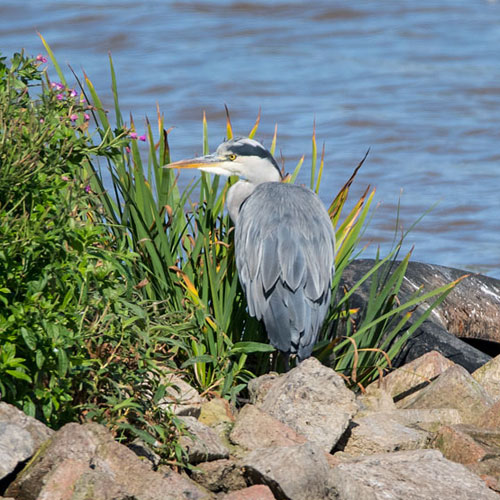 |
Looking
to the far side of the pond we couldn’t miss the large (50+)
flock of Canada Geese on the waters to the front of the ruin of Auchenharvie
Castle.
A family of Mute Swans, two adults with five cygnets, was sitting by
the shore. Other birds I photographed at the west side of the pond were
Coot, Tufted Duck and Great Black-backed Gull.
| Tufted Duck |
Great Black - backed Gull |
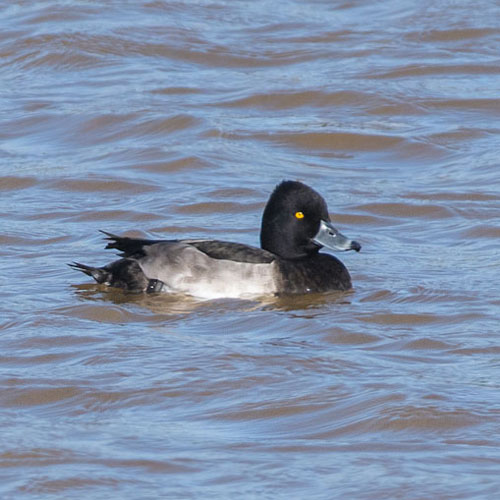 |
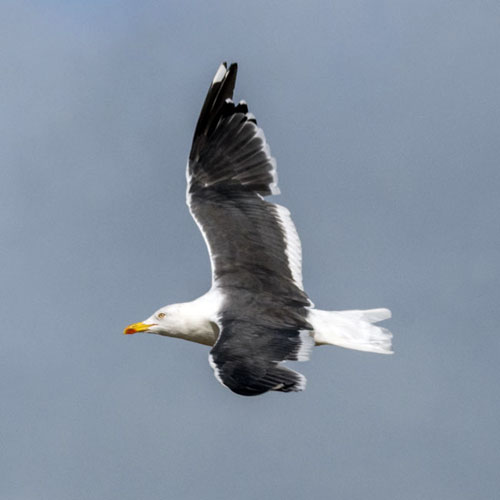 |
As
we walked back to the car and glanced again at the little island, John
noticed a black and white duck that had been disturbed by the Heron. It
is most probably a Mulard,
a Moscovy X Mallard hybrid. We watched a Black-headed Gull and Common
Gull pursue a young Herring Gull that was clutching a slice of bread in
its beak. After a long chase the youngster outflew the chasers and made
off with its prize.
| Muscovy X Mallard Hybrid |
1st Cycle Herring Gull |
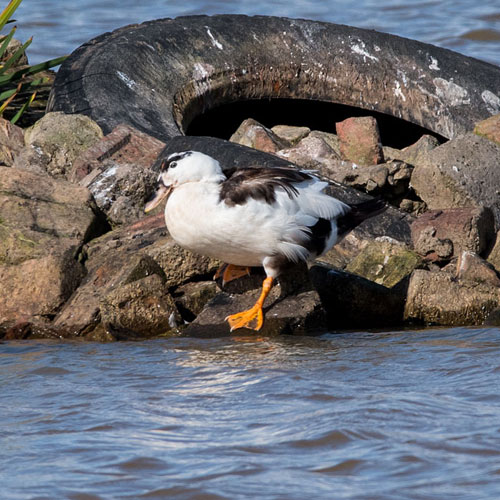 |
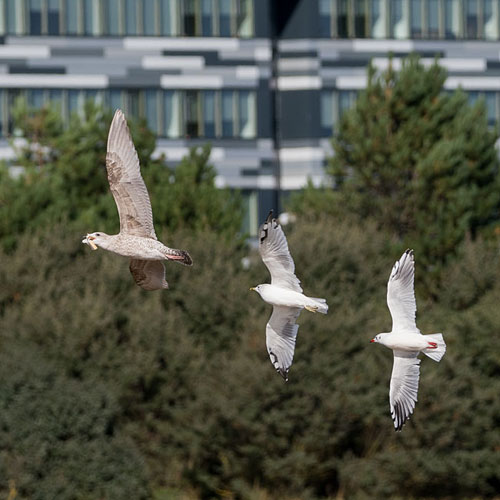 |
As
we drove out of the golf club car park I noticed that there was a
juvenile Grey Heron standing in the middle of a small pond. John
thought it was dispatching a fish it had caught. Just beyond it there
was a lovely Black-tailed Godwit probing the waters for invertebrates.
Of course I stopped the car, got out and took a few pictures.
| Juvenile Grey Heron |
Black - tailed Godwit |
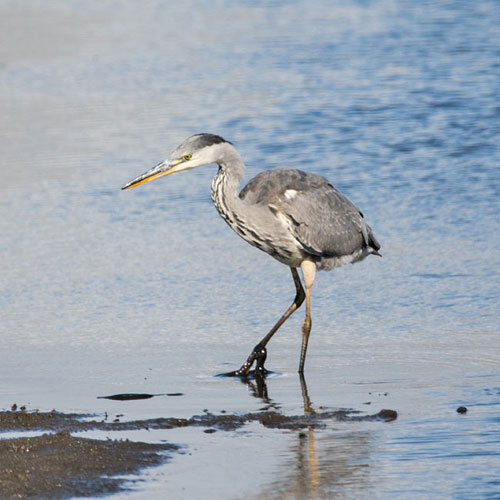 |
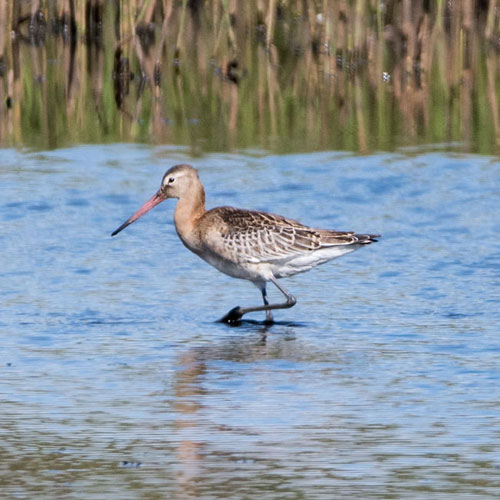 |
Next
we drove the short distance to Salcoats harbour and walked along the
harbour pier. I could see a large flock of Sanderling just below the
sea wall on the opposite shore. They were, however spooked by a pair of
children exploring the rocks. I photographed passing Gannets and I got
a picture of a Turnstone that was standing at the pier-side. We
eventually walked around the harbour and were delighted to find a small
flock of Redshanks, Sanderling and Dunlin gathered on the rocks just
below the sea wall. I managed to photograph them without putting them
up.
| Sanderling |
Gannet |
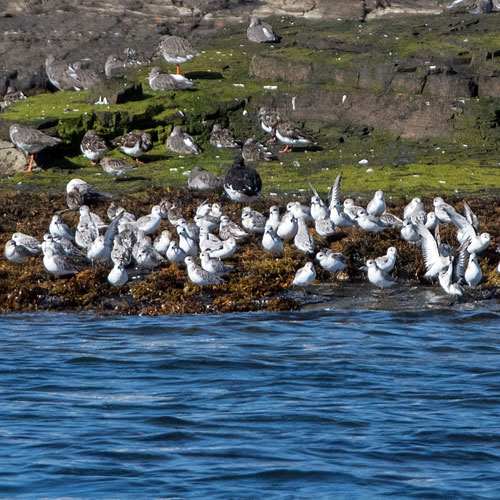 |
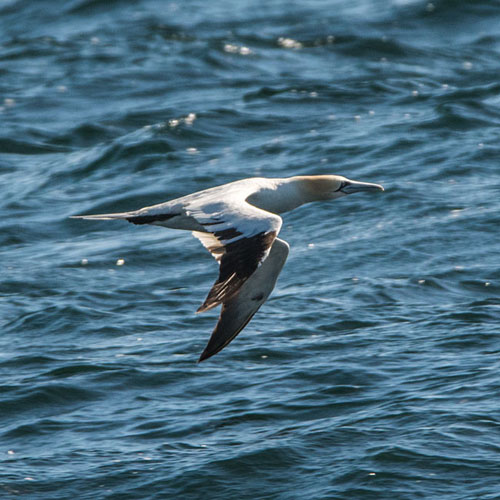 |
| Turnstone |
Redshank |
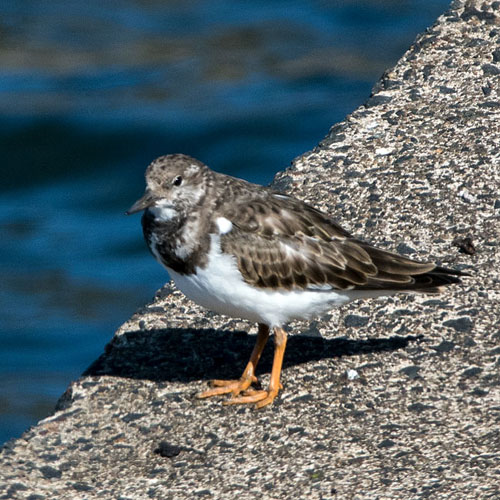 |
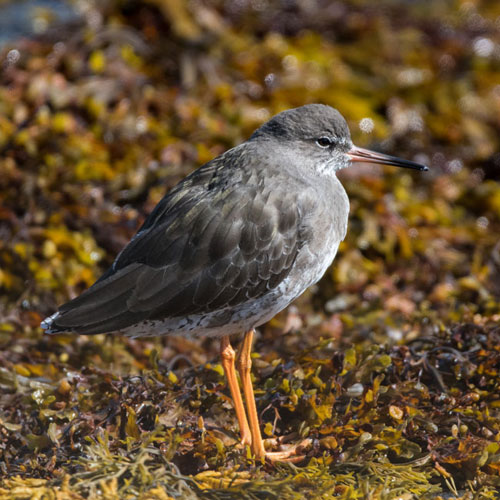 |
| Sanderling |
Dunlin |
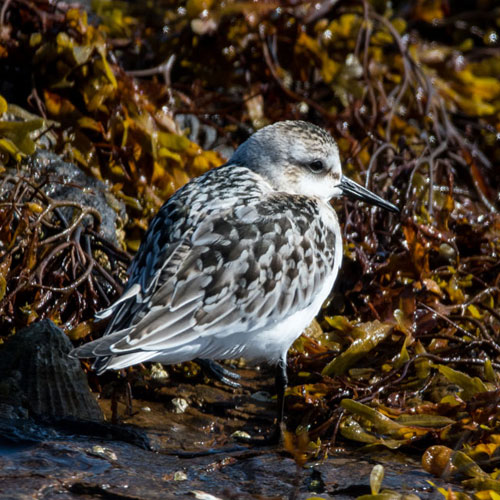 |
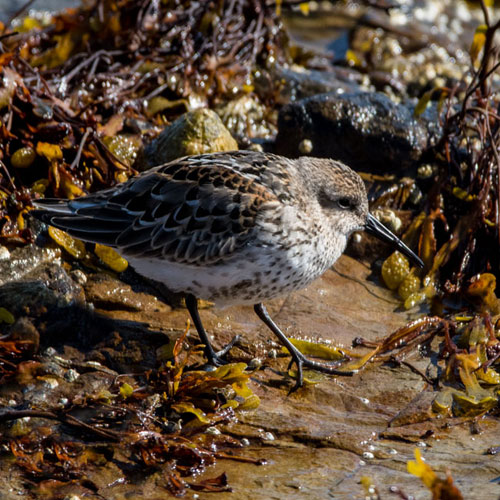 |
We
also saw a Curlew that was hiding behind the large rocky outcrop on the
west side of the harbour water. A well-lit Turnstone was picking its
way across piles of seaweed, as were lots of Starlings, their
iridescent plumage sparkling in the strong sunlight. Our final shot of
the visit was of a scraggly Pied Wagtail, probably a female, one of
many Pied Wagtails that were darting between the large boulders that
line the harbour as they hunted flies.
| Curlew |
Turnstone |
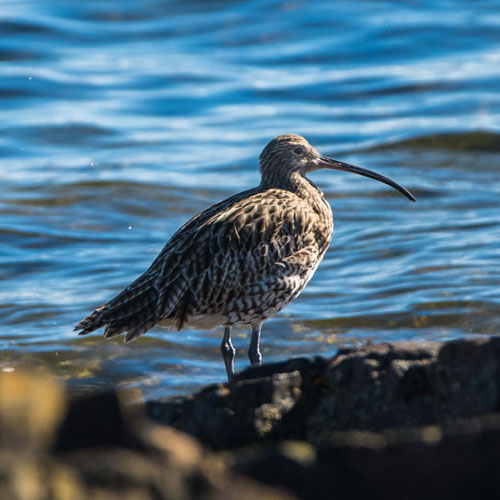 |
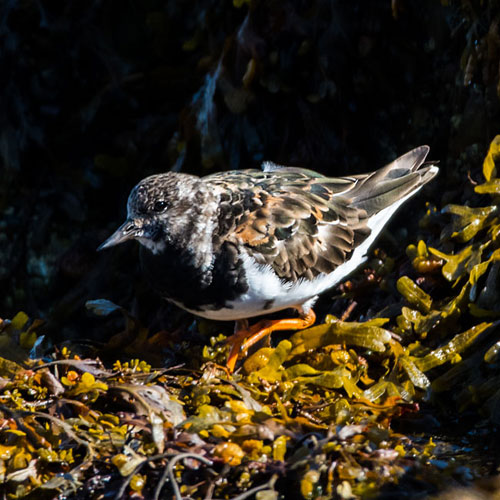 |
| Starling |
Female Pied Wagtail |
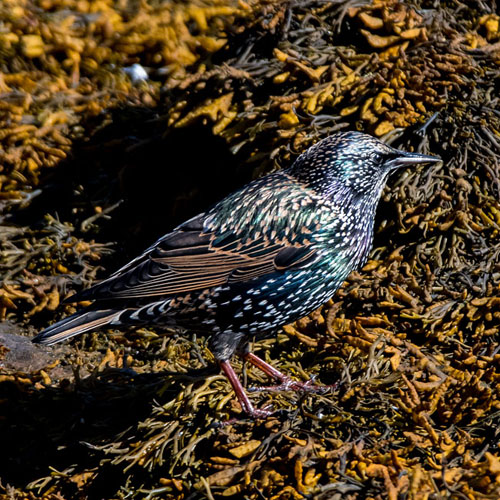 |
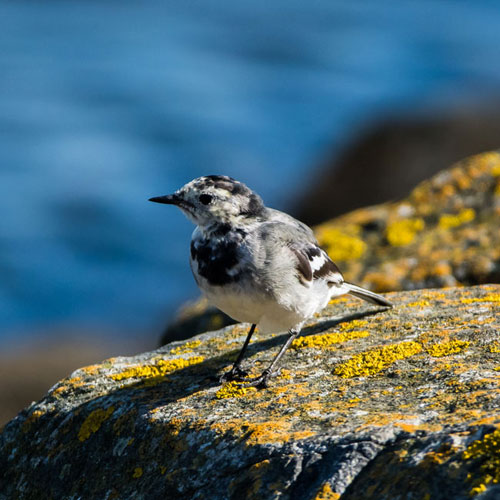 |
We
were very fortunate to have had almost ideal lighting throughout our
visit. It was Strawberry tarts once again that accompanied our strong
tea (well, we do like them). The Golden Plovers were a delight to see,
as were the close views of the waders right at the end. I’m
hoping for sunny weather again next week. No surprise there then.
Week ending: 12th September 2021: Pow
Burn
A
dull, grey day was predicted for the whole of Central Scotland with
only the merest chance of sunny spells to the West. We decided
therefore to head for the Ayrshire coast, to a place we last visited
over two years ago, Pow
Burn,
near Prestwick.
We
had nice breakfasts in Stewartfield Morrisons (8/10: good, but -2 for
overcooked bacon and miniature slices of toast) before whizzing down
the M77 to the site just before Prestwick Airport. After parking
carefully on the St Andrews Caravan Park access road, it was a 50m walk
to the bridge that took us to the southern side of the burn. On the
walk we encountered the late flowering plants, Common Toadflax and
Soapwort. Bramble bushes were heavily laden with fruit but a few
Bramble flowers were still in bloom. Yarrow ,
the very common white umbilifer was poking through the grassy path-side
verges.
| Common Toadflax |
Commn Soapwort, Variant Rosea Plena |
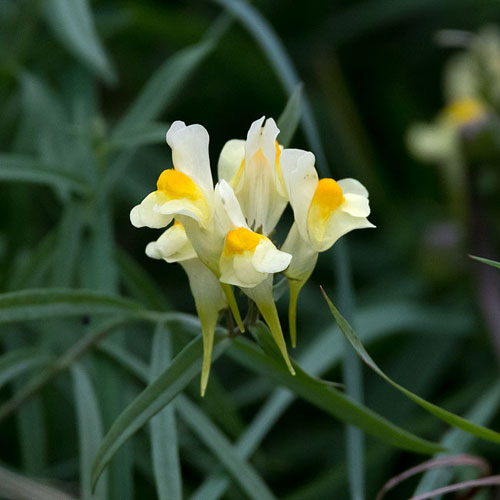 |
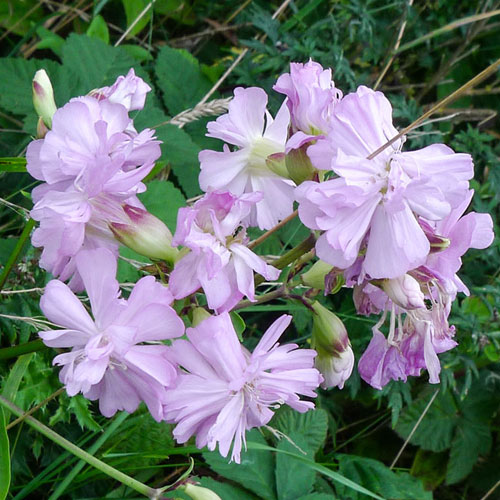 |
| Bramble |
Yarrow |
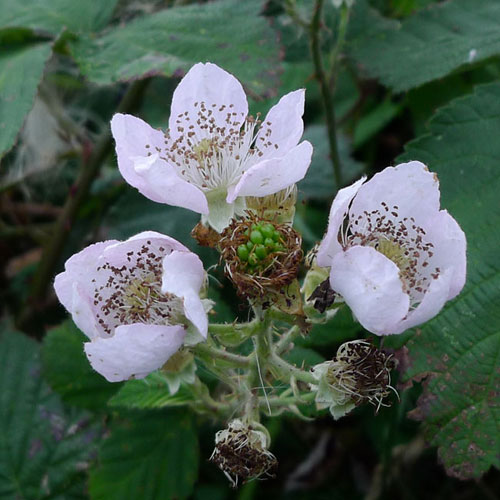 |
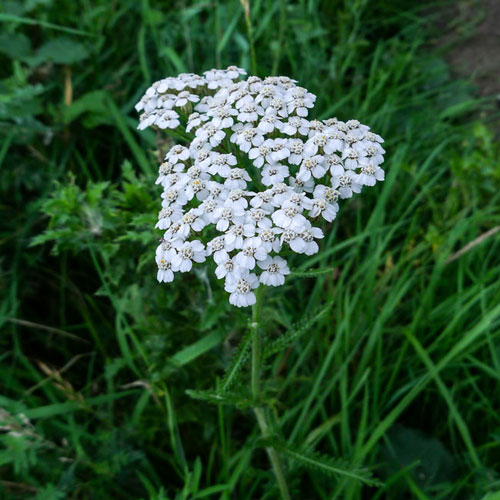 |
At
the bridge over the Pow Burn we could see a scraggly Woodpigeon at the
water’s edge. Nearby, a Carrion Crow was preening on wooden
posts
that were marked with St Andrew’s flags (probably related to
the
neighbouring St Andrews Caravan Park). An angry Curlew appeared on the
scene, scaring away a younger Curlew that had been out of sight to us.
A few Redshank were treading about in the shallows, occasionally making
their shrill, piping calls.
| Wood Pigeon |
Carrion Crow |
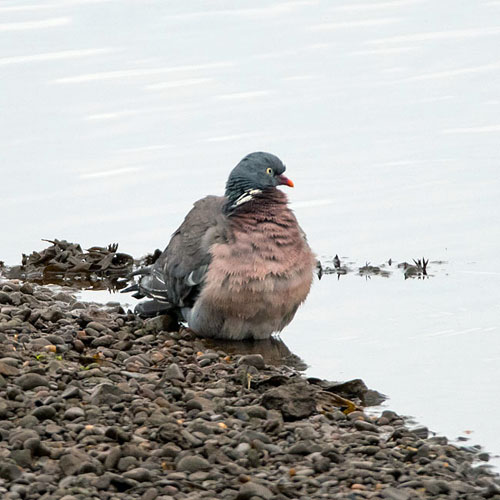 |
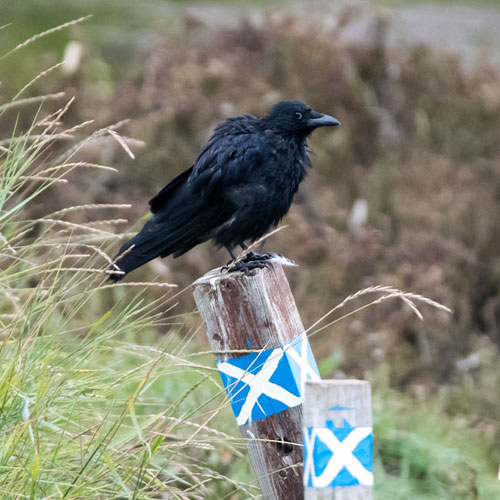 |
| Curlew |
Redshank |
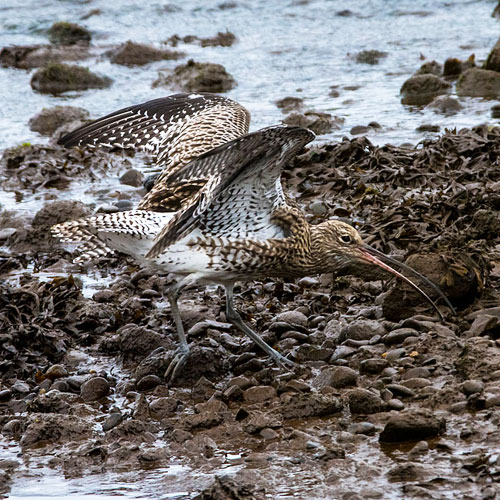 |
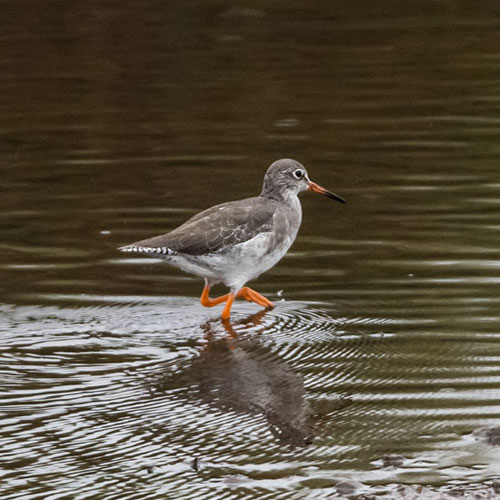 |
After
leaving the bridge our strategy was to walk along the South-west side
of the Burn. While that side is raised as much as 10m above the Burn,
the problem was that much of the area was filled with impenetrable
vegetation such as chest high grasses and Bramble bushes. However there
were a few gaps that enabled us to gain access to clear viewing points.
Before the first of these I photographed a tiny Nettle
Tap Moth on
Common Ragwort. John also found one of our favourite hoverflies, The
Footballer,
Helophilus pendulus. The Curlew we’d seen earlier was making
its
way downstream past a Black-headed Gull that was paddling in the water.
| Common
Nettle - tap Moth |
Hoverfly - Helophilus pendulus |
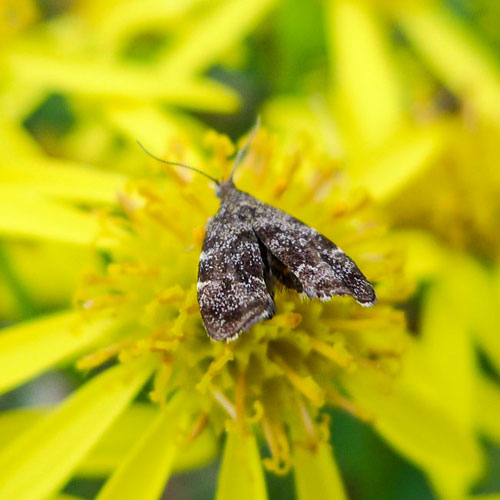 |
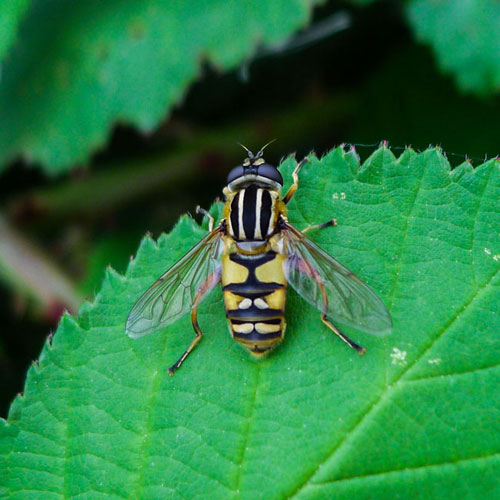 |
| Curlew |
Black - headed Gull |
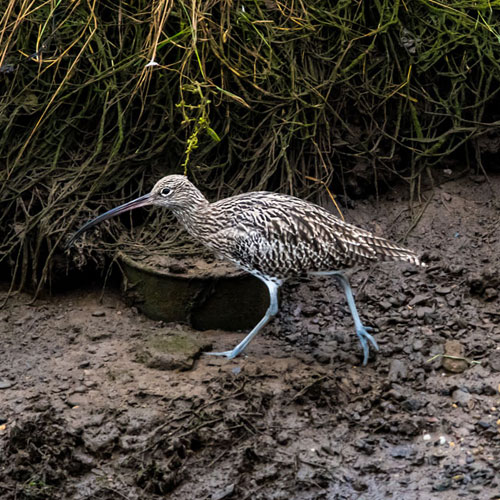 |
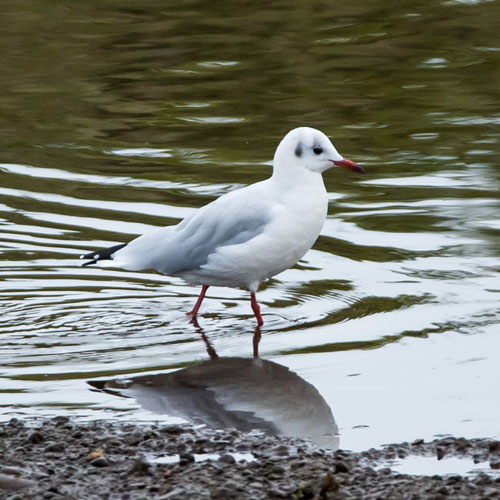 |
At
the next gap in the undergrowth we looked down on the Burn, which was
wide like a pool. Oystercatchers were flying past and a few Teal were
dabbling in the water. A large Grey Heron was on the opposite bank, but
it flew off, possibly disturbed by one of the many aeroplanes
approaching Prestwick Airport.
John
alerted me to a Large White butterfly that eventually came to rest on a
wide leaf. I determined it was a female due to the way it presented
itself for any passing male. I accidentally disturbed it as I
photographed it but it flew only a short distance away, allowing me the
chance of a nice profile shot. John, who was spotting particularly
well, found a Carder Bee on Ragwort flowers and then a newbie fly, Cynomya
mortuorum nearby
on the path.
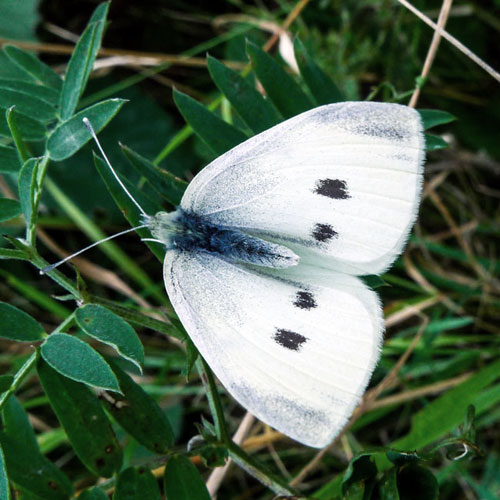 |
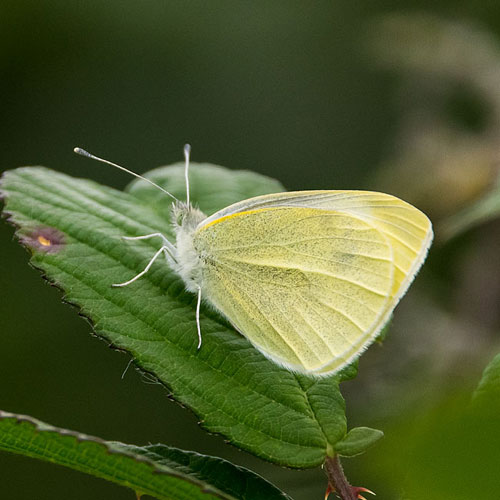 |
| Common Carder Bumblebee |
Fly - Cynomya mortuorum |
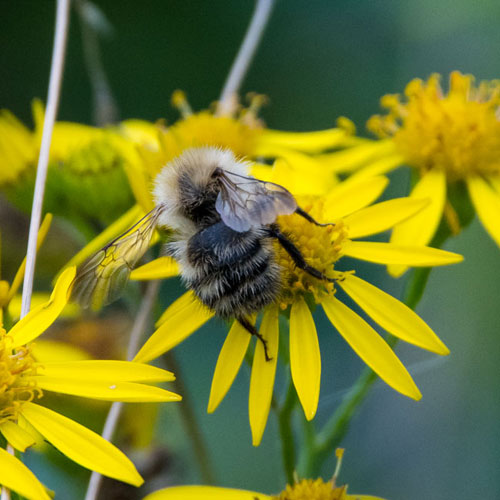 |
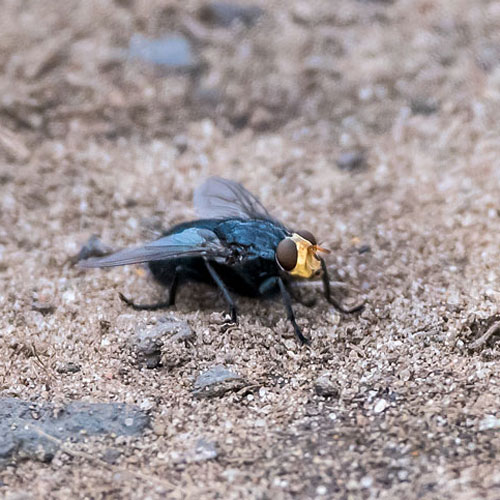 |
We
passed a large patch of Canadian Goldenrod. Its vivid yellow flowers
were attracting an assortment of insects. I snapped shots of a Honey
Bee and the Greenbottle, Lucilia Caesar. I noticed a Brown-lipped Snail
hiding on foliage beneath the flowers. Further along the path, as we
neared the mouth of the Pow Burn where it flows into the sea, I noticed
a fungus, which I think was a Fairy
Ring Mushroom.
| Honey Bee |
Fly - Lucilia caesar |
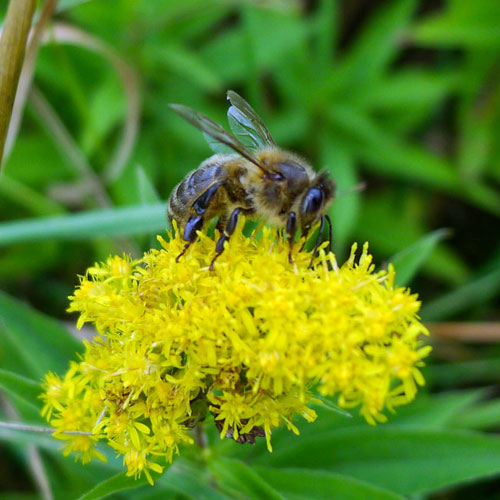 |
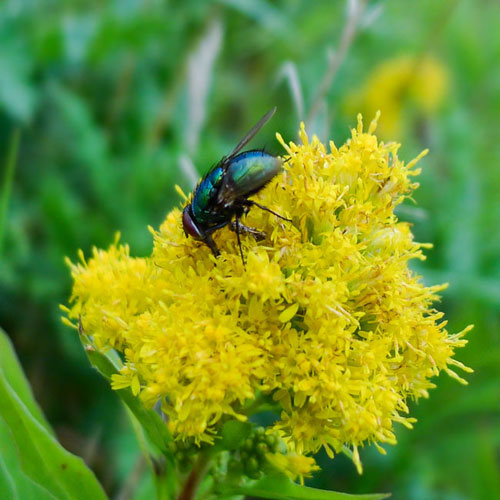 |
| Brown - lipped Snail |
Fairy Ring Mushroom |
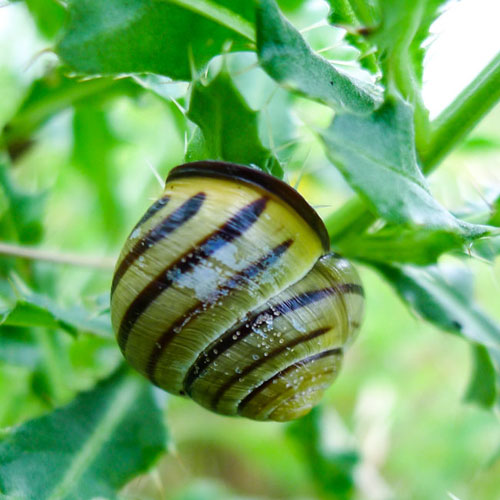 |
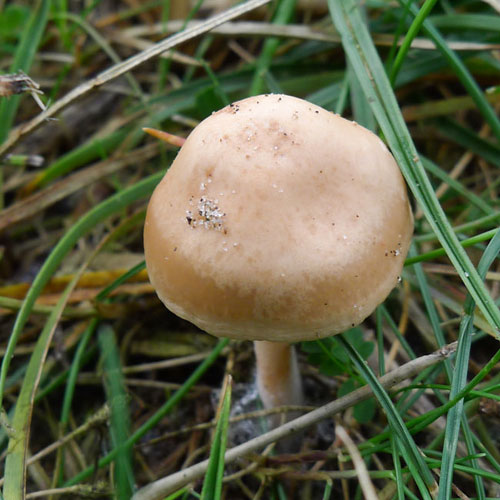 |
We
scanned the seashore for birds but there were too many dog walkers to
expect any success on that front. The birds that were there, mainly the
usual gulls, were constantly on the move as they searched for a safe
resting place.
We
both agreed that the Pow Burn was, well, a bit on the quiet side from a
bird-seeking point of view. But we moved away from the Burn on our
return path parallel to the beach. We came upon a 100+ flock of the
Thistle Finch, as it was once known, but is now commonly known as the Goldfinch .
They were feeding on masses of seeding thistles. The flock contained a
significant number of juveniles, so the birds were very flighty, flying
away at the slightest perceived danger. However I did manage a few
decent shots.
We
kept an eye on the seafront as we walked parallel to the dunes. My
trusty spotter cried, “Incoming!” giving me time to
photograph a sizeable flock of about forty passing Goosanders.
I
snapped a gloomy shot of a Jackdaw as it flew over us, just as John
found a pair of Stonechats that were high on grass stems, probably
checking us out. On later inspection of my pictures I think there were
three Stonechats ,
2 adults and a juvenile.
| Jackdaw |
Juvenile Stonechat |
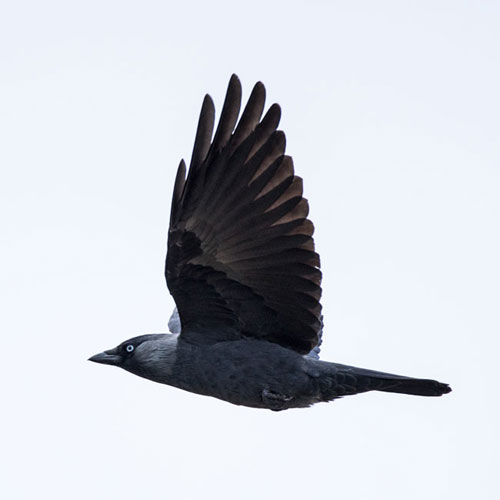 |
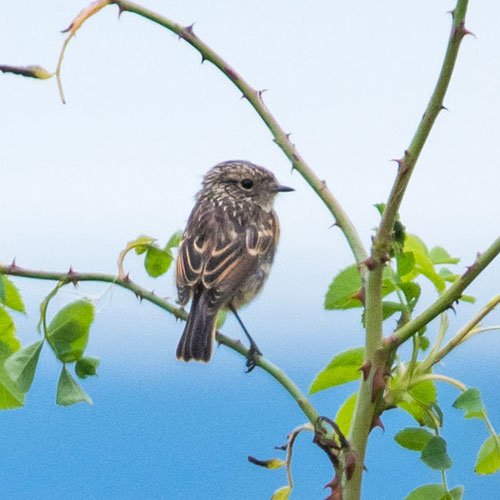 |
| Male Stonechat |
Female Stonechat |
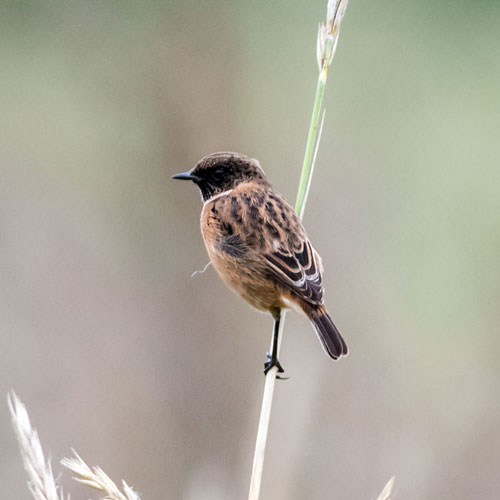 |
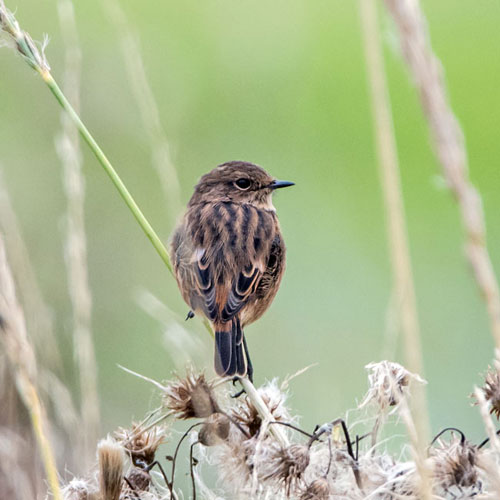 |
Just
before we reached the road that would return us to the bridge, we had a
last look over the vast beach towards Prestwick. As can be seen from
the photo, the sky was overcast (but, typically, it cleared just as we
were leaving).
I
noticed a large Buff-tailed Bumblebee, probably a queen, crawling
laboriously up the sand dune. I offered it some drops of water on a
small leaf and left it in peace. At the foot of the dune there were
some late-flowering Field Bindweed, and I photographed a Common
Drone Fly on
a Catsear bloom. Just before we reached the road there was a Prestwick
Golf Club information board celebrating the club’s “Flora
and Fauna ”.
It drew attention to a nice variety of fauna but didn’t make
any
mention of its rich flora, which is a pity since within the area where
the board was sited we saw beautiful Evening
Primroses and
some Sheepsbit.
Back at the car we made our final sighting, a big Rabbit snoozing in a
field.
| Queen Buff - tailed Bumblebee |
Field Bindweed |
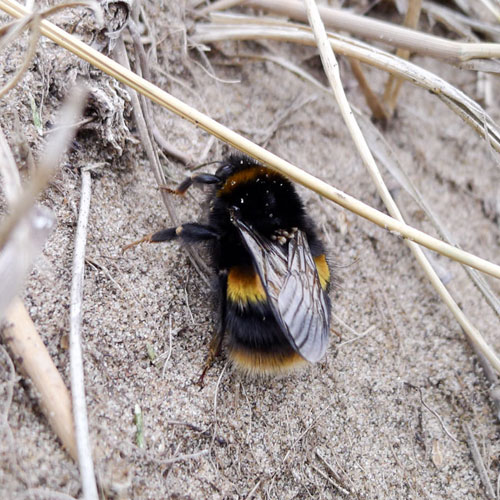 |
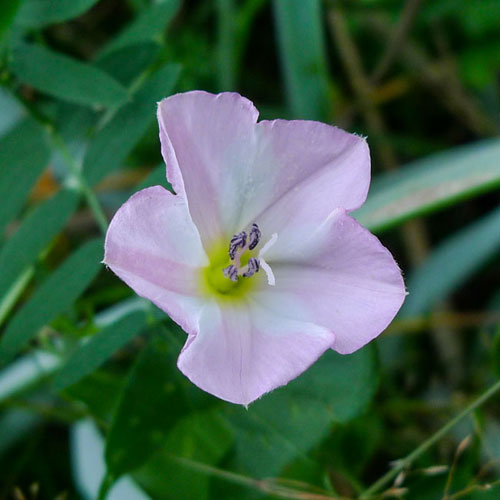 |
| Common Dronefly |
Common Evening Primrose |
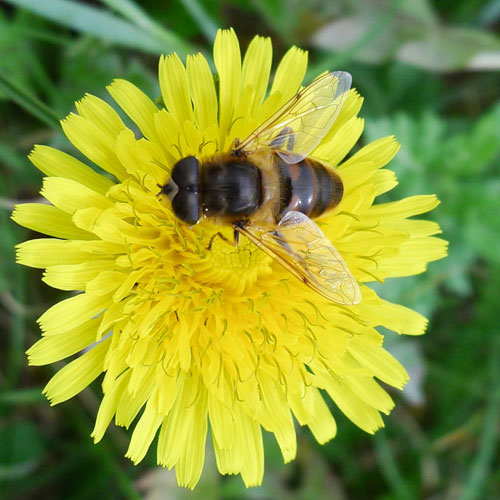 |
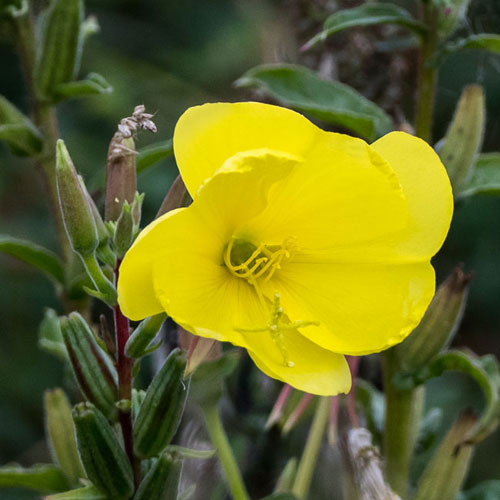 |
| Sheepsbit |
Rabbit |
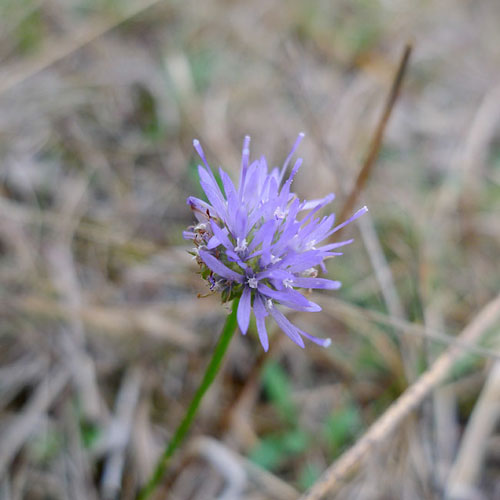 |
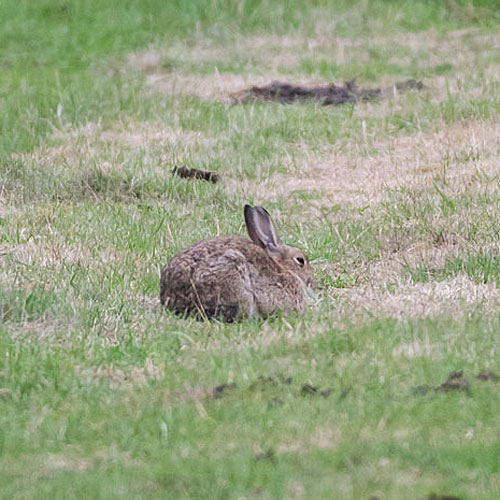 |
We
didn’t see the sun (until we were on our way home!) but we
certainly enjoyed the trip. We ended up with a fair variety of flora
and fauna. We sipped our teas and tucked into large strawberry tarts
(which needed spoons!) as we reflected on our favourite moments. Mine
were the excitable Goldfinches and the watchful Stonechats. We should
return to Pow Burn more often, preferably on sunnier days
Week ending: 5th September
2021: Musselburgh
With
a rainy weather front sneaking in from the West, we decided East was
best this week. There were encouraging reports of bird activity at
Musselburgh, so it was a no-brainer, Dalkeith Morrisons for brekkies
(9.5/10: excellent; half off for slight overdone bacon), then
we’d park at the Cadet Hall at the mouth of the Esk and then
walk
to the Scrapes.
When
we arrived, the light was quite bright and improving, although , as can
be seen from the view over Edinburgh, visibility was poor.
The
tide was coming in and there was a fine variety of birds getting pushed
ever-closer to the shore by the advancing waters. Probably the most
prominent of these were the Mute Swans, of which there were at least
one hundred (a fraction of them can be seen above). There were also
large numbers of Goosanders and Greylag Geese. There was a pretty light
brown Greylag variant and I also noticed a Pink-footed Goose preening
in the middle of the flock of Greylags. Maybe it was carrying an injury
that prevented it from heading back north with its own flock.
| Female Goosander |
Greylag Goose |
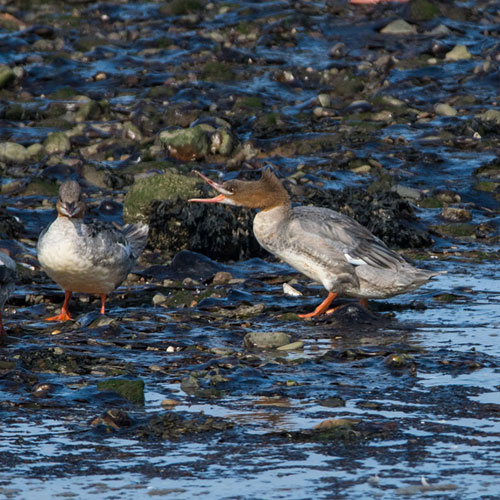 |
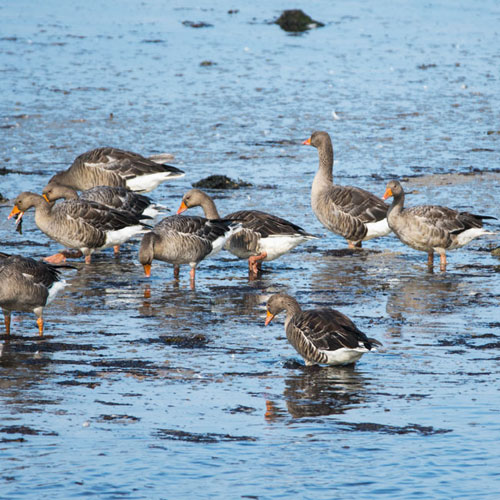 |
| Greylag Goose |
Pink - footed Goose |
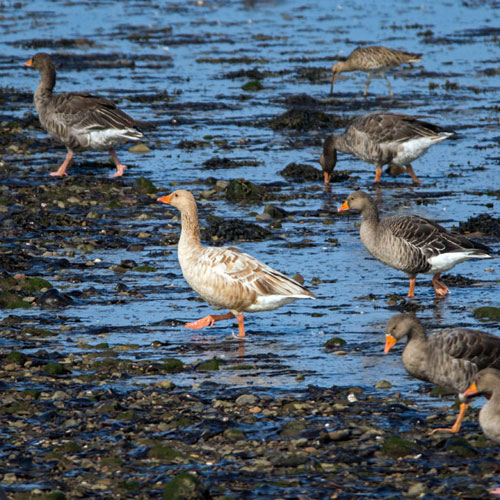 |
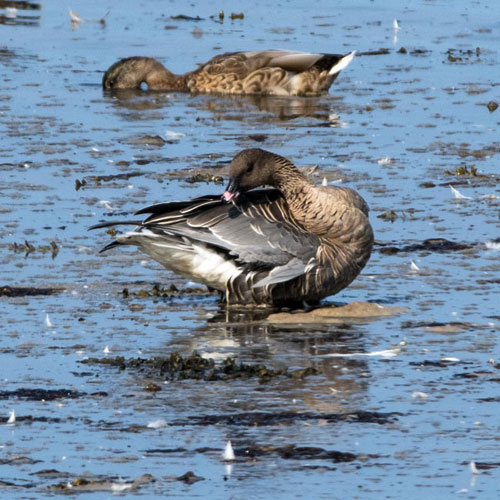 |
As
we walked East along the “promenade” towards the
Scrapes,
birds were already flying from the shore and beating us to it.
Impressive “squadrons” of Oystercatchers and
Greylags sped
past us. There were also a few Turnstones (heading West) and Curlew in
the mix.
| Oystercatcher |
Greylag Goose |
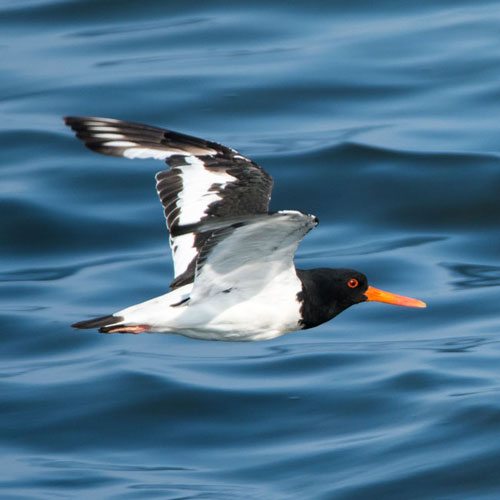 |
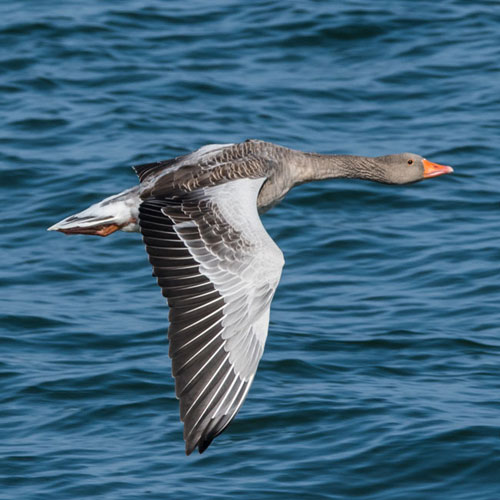 |
| Turnstone |
Curlew |
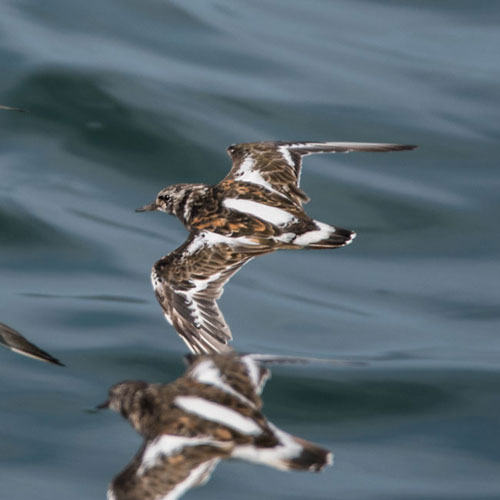 |
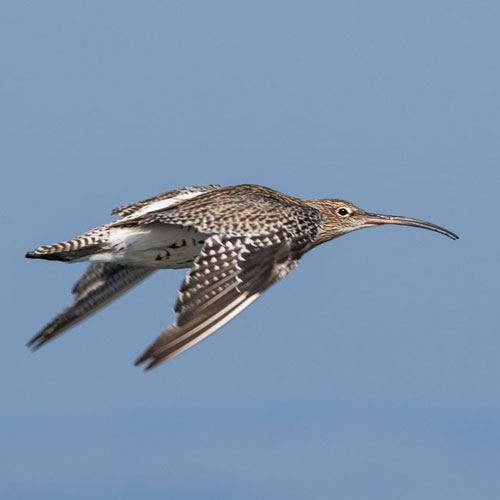 |
A
Shag also passed Westwards. The background sounds were provided mainly
by Sandwich Terns as they searched and dived for fish. Gannets too
were busy doing the same, sadly though they were about 500m from the
shore. I think the main fish being hunted by the Gannets was Mackerel whose
numbers peak around August. John emitted a joyous sound when he spotted
a Common
Seal
breaking the surface fairly near the sea wall.
| Shag |
Sandwich Tern |
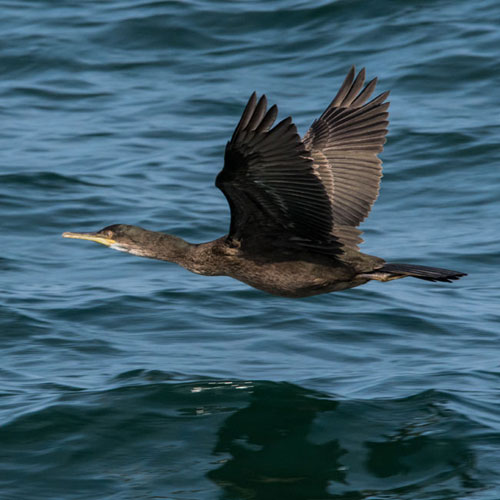 |
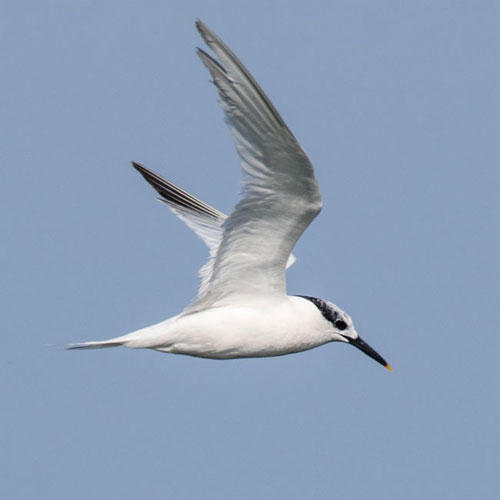 |
| Gannet |
Common Seal |
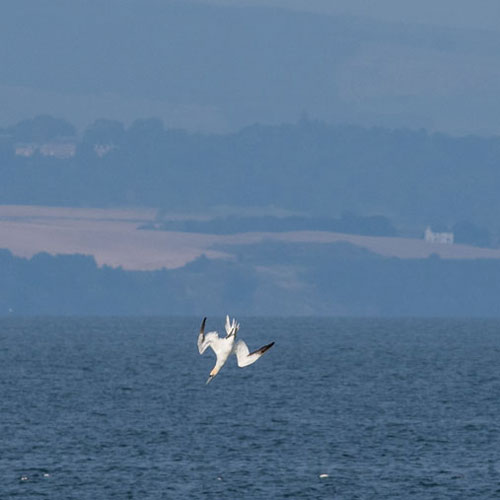 |
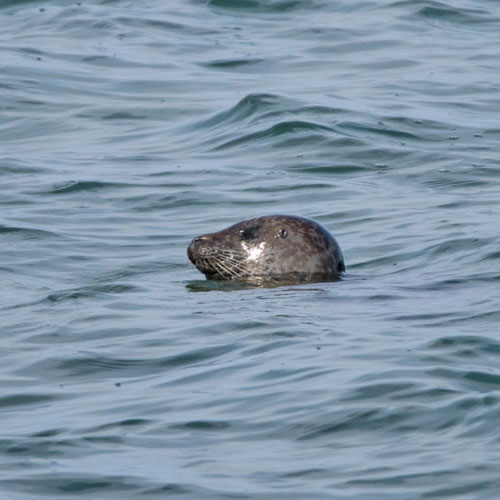 |
Another
fish-eater we witnessed were Razorbills, members of the Auk family.
A parent bird was diving a few metres from the sea wall and emerging
seconds later with what looked like Capelin fish, which the waiting
hungry chick waiting quickly swallowed. We also saw a large flock of
drake Eiders displaying plumages in various stages of development into
their familiar white and black. Well away from the flock there was a
solitary female Eider draped in the usual, some would say boring brown
plumage.
| Drake Eider in Eclipse plumage |
Female Eider |
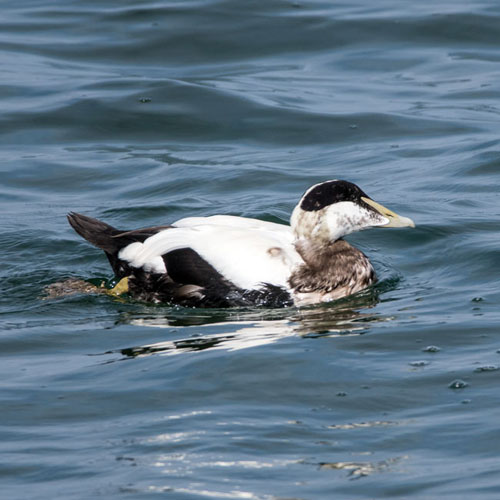 |
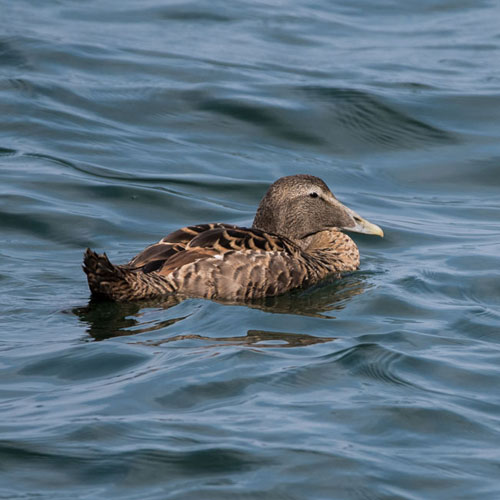 |
On
our way into the Scrapes we encountered a Carder Bee on some Crooked
Thistles. We next positioned ourselves in the middle hide and proceeded
to capture images of the variety of bird species on show, many of
which, such as Curlew and Greylags, we saw flying East from the mouth
of the Esk. E.g. I picked out the light brown Greylag. I managed a
pleasing record shot of a Little
Stint that
was active at the near edge of one of the furthest pools.
| Common Carder Bumblebee |
Curlew |
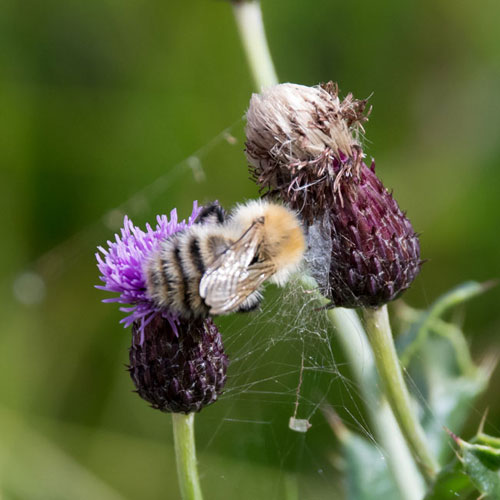 |
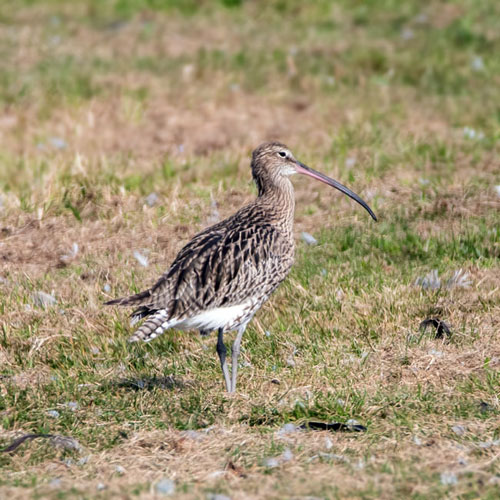 |
| Greylag Goose |
Little Stint |
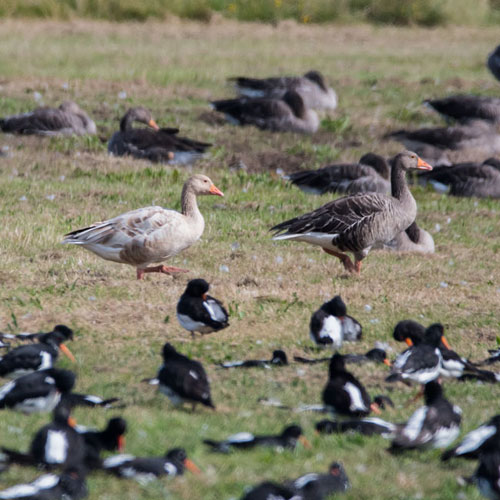 |
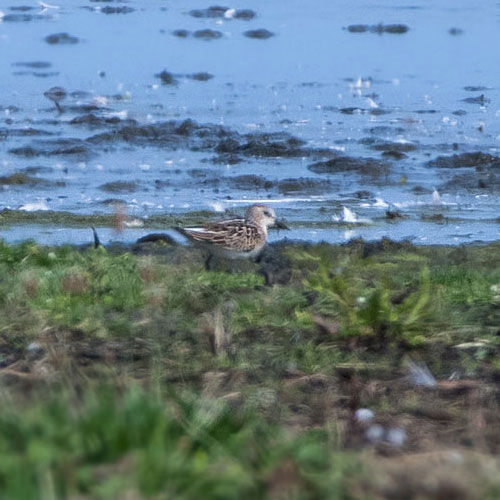 |
The
pictures below show the masses of Oystercatchers and Bar - tailed
Godwits
that were present on the back pools.
There
were a few Black - tailed
Godwits
feeding in the pool in front of the hide. But most of the excitement
was over the pool as we observed incoming flocks, such as Teal and
Greylags. We even saw a passing Buzzard that was swiftly seen off by a
few angry Crows. We moved to the left-hand hide and on the way I
noticed a Ermine Moth caterpillar on the bark of a Silver Birch tree.
| Black - tailed Godwit |
Teal |
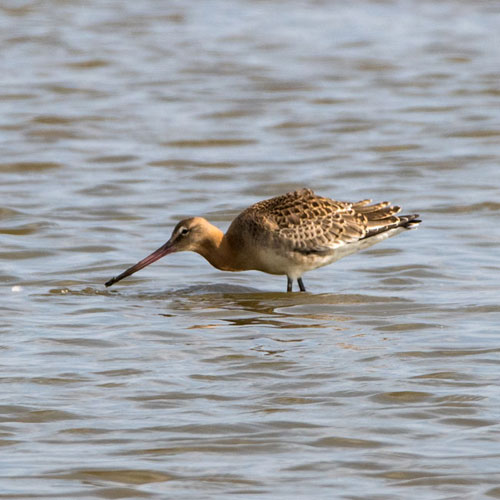 |
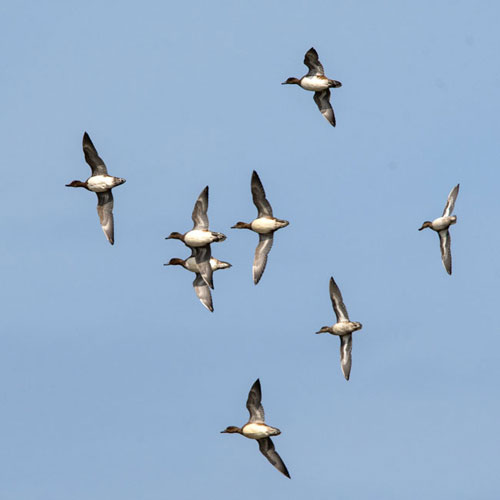 |
| Teal |
Greylag Goose |
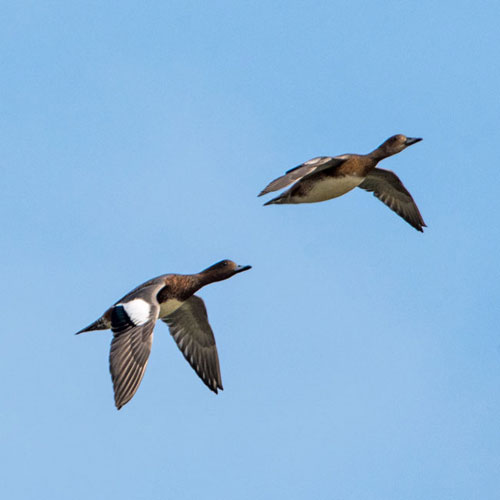 |
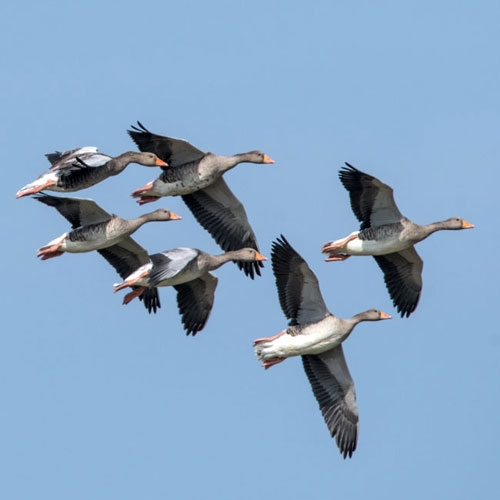 |
| Common Buzzard |
Ermine Moth Caterpillar |
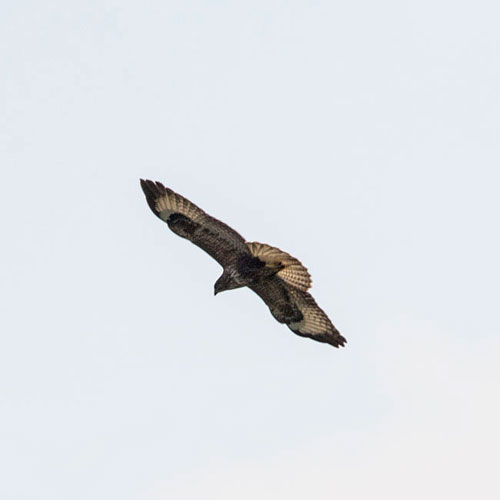 |
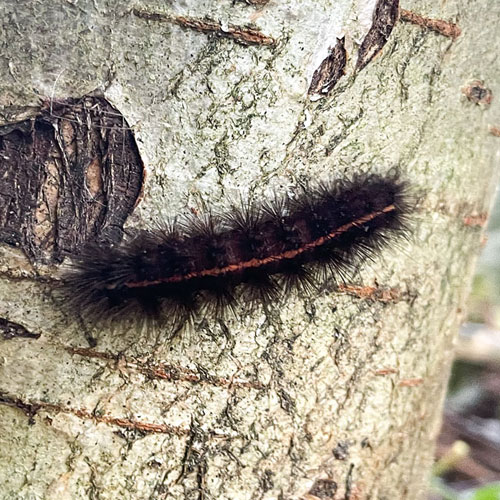 |
A
pair of Magpies amused us for a bit until John spotted a Roe Deer
lurking in the reeds. I next photographed a Female Pied Wagtail and
then I noticed a pair of Common Snipe sitting on grassy bank
right in front of the hide on the near edge of the centre scrape. Their
camouflage is so good I forgave myself for not seeing them sooner. On
our way to the the right-hand hide John noticed a few Speckled Wood
butterflies fluttering above the Bramble bushes.
| Magpie |
Female Roe Deer |
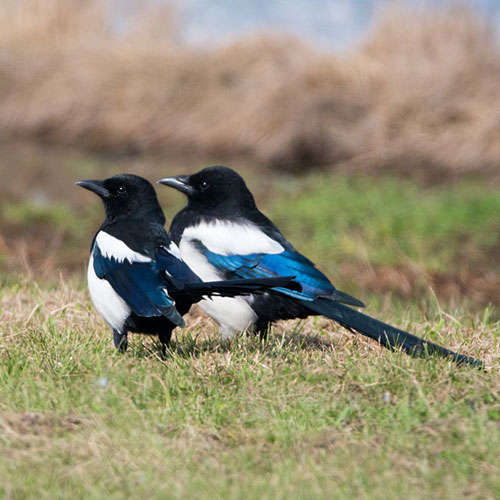 |
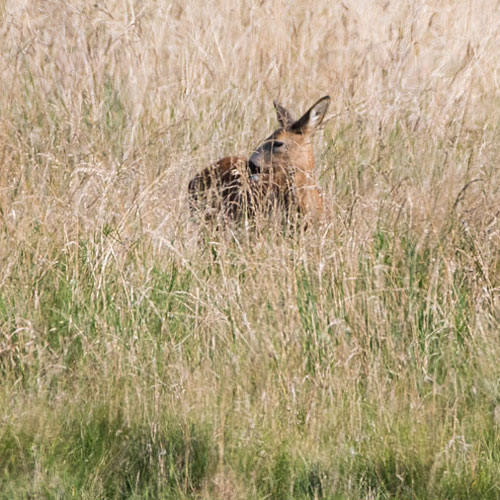 |
| Female Wagtail |
Snipe |
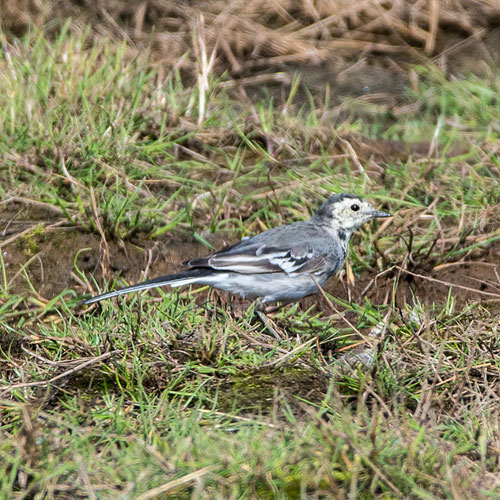 |
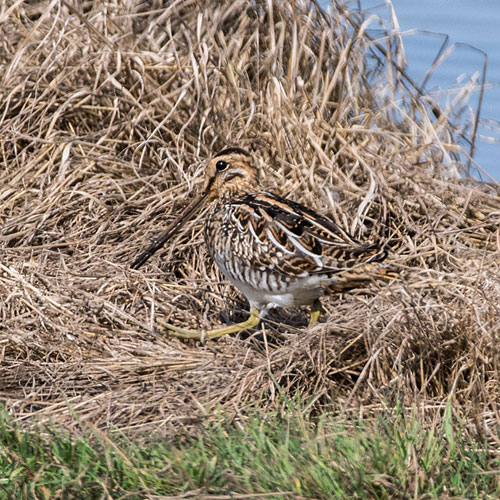 |
| Common Snipe |
Speckled Wood Butterfly |
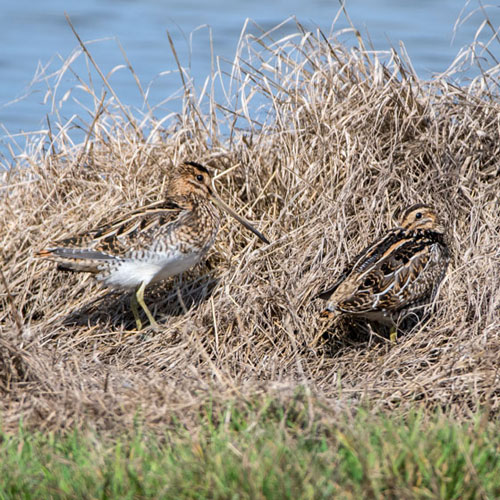 |
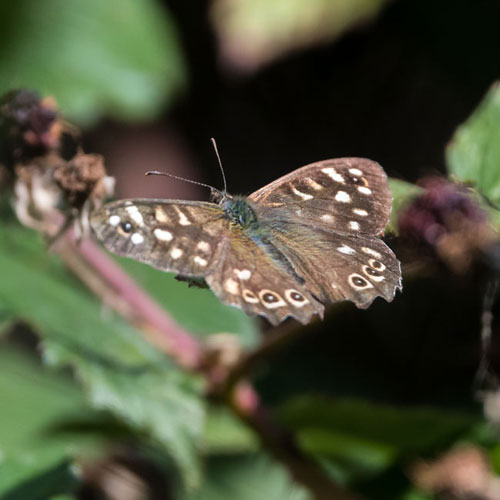 |
We
were pleased to see a pair of Ruff probing
the mud of the left hand scrape, and we were even more pleased when a
hovering Kestrel appeared not far from the Ruff. It was escorted off
the premises by some Crows but not before I had bagged a decent
picture. I snapped a Lapwing and then one of three Grey Herons that
were standing a the back of that scrape.
| Ruff |
Kestrel |
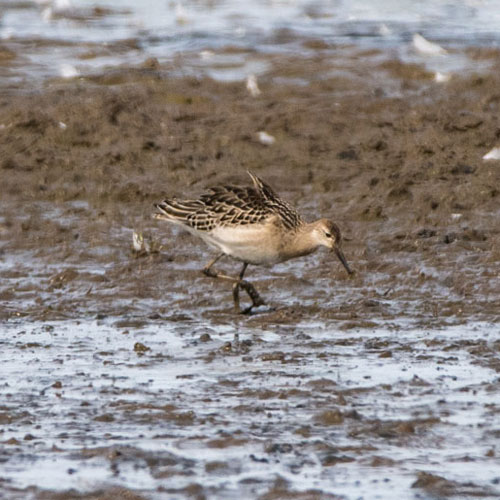 |
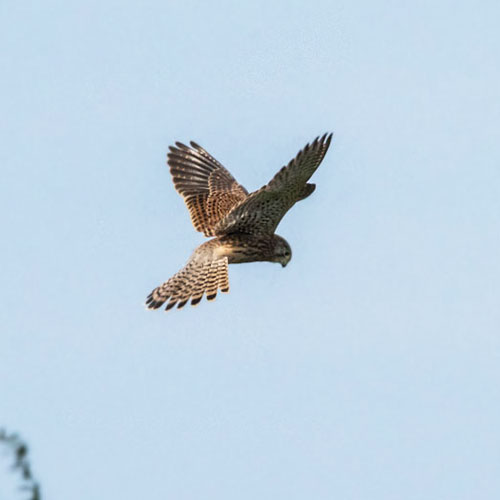 |
| Lapwing |
Grey Heron |
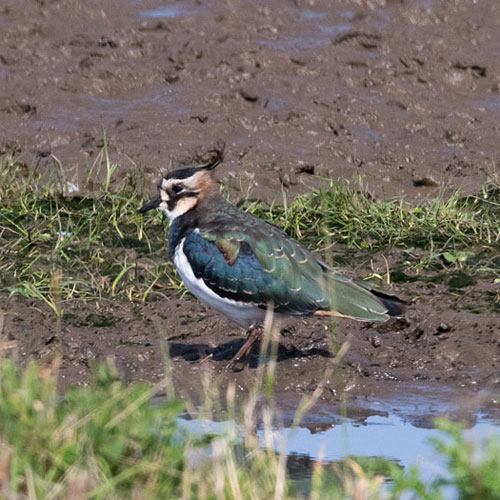 |
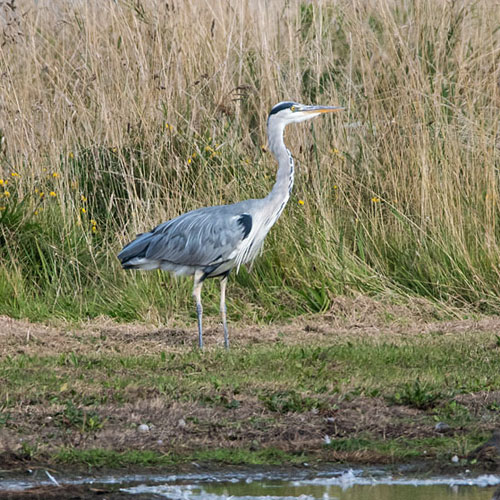 |
On
our trek back along the “prom” we found that the
Razorbills
were no longer to be seen but they had been replaced by Common
Guillemots, their Auk “cousins”. A fine-looking
Black-headed Gull caught my eye as I followed the Guillemots. It was
lit perfectly by the sun as it bobbed in the deep blue water. This was
followed by a flypast of a juvenile Shelduck flying East. Further along
the path there was a Silver Y Moth feeding on Red Clover and this was
followed by a sighting of a Honey Bee on Tall Melilot. Our final
pictures of the day were of a flock of Gadwall that flew rapidly
overhead. At first I thought they were more Teal that we had seen
earlier, but on inspection of the pictures I’m now sure they
are
Gadwall.
| Common Guillemot |
Black - headed Gull |
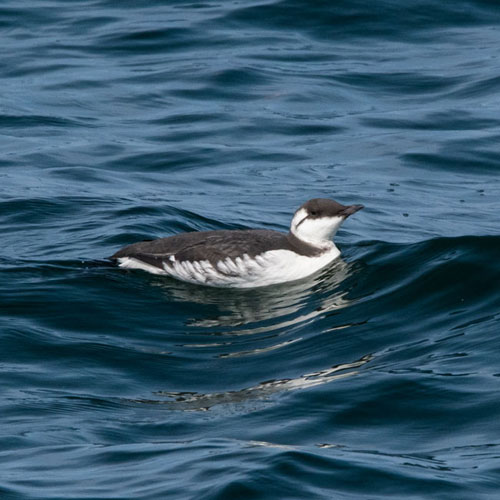 |
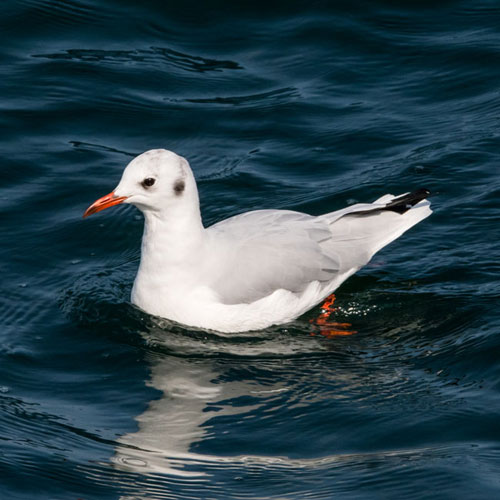 |
| Juvenile Shelduck |
Silver Y Moth |
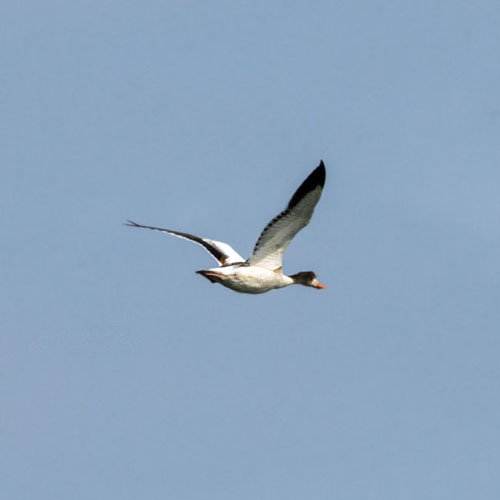 |
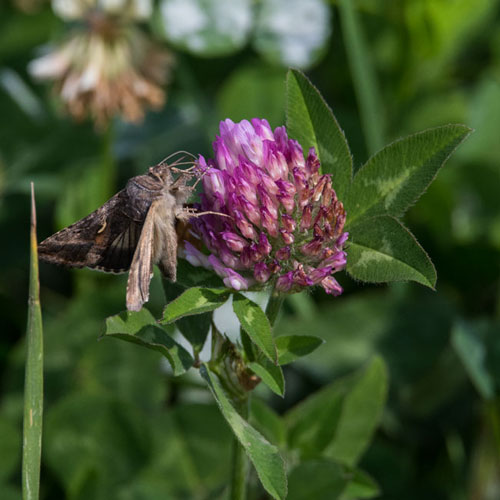 |
| Honey Bee |
Gadwall |
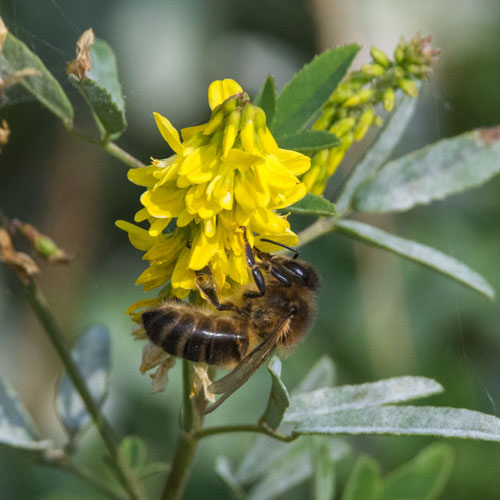 |
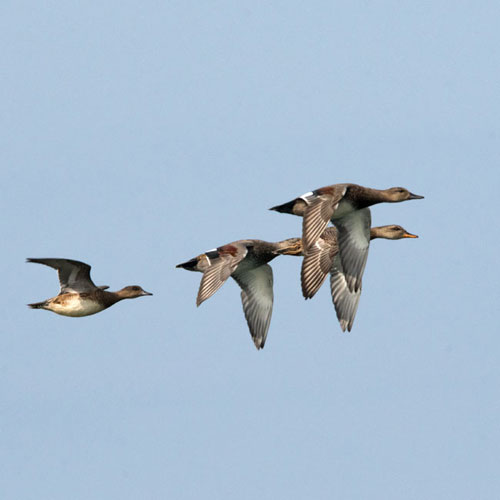 |
Well
we both thought that it had been a brilliant day - lots of sightings in
lovely warm sunny weather. It fairly helped our teas and Strawberry
Tarts go down a treat. Highlights for me were the Auks, particularly
the Razorbills feeding fish to their chicks, and it was great to see
Ruff, Little Stint and Kestrel. More of the same next week wherever we
end up.
Highlights - September 2021
ON THE WATER
| Black - tailed Godwit |
Cormorant |
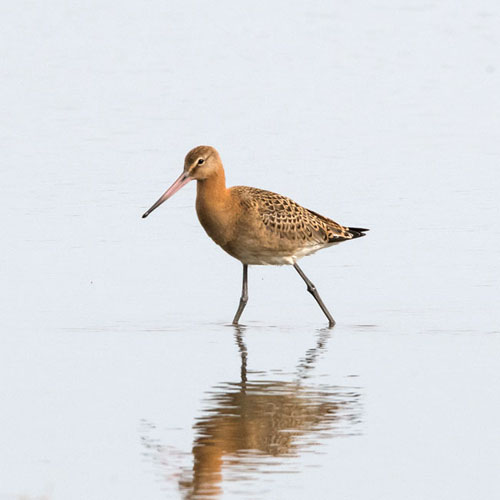
|
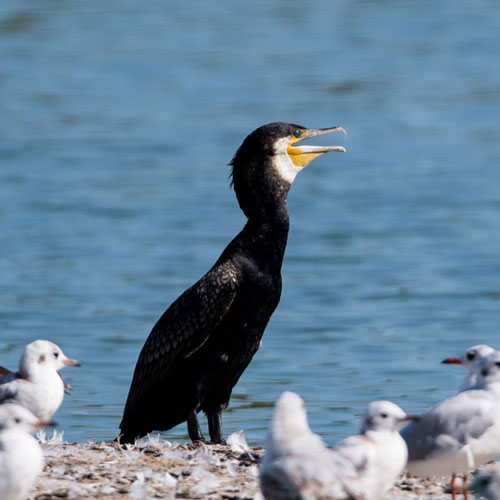
|
|
Green Sandpiper |
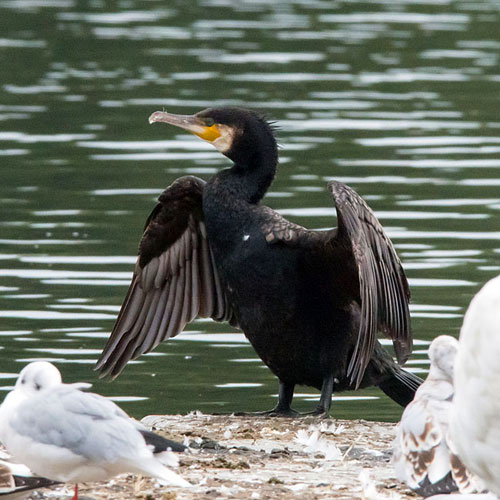
|
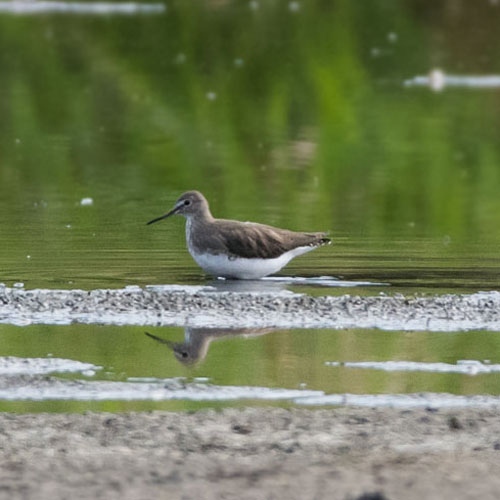
|
| Grey Heron |
|
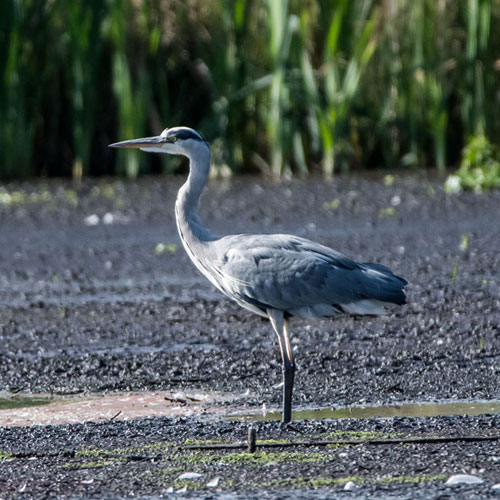
|
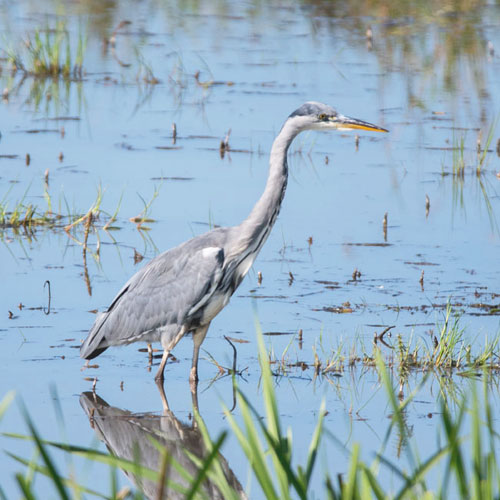
|
| Common Guillemot |
|
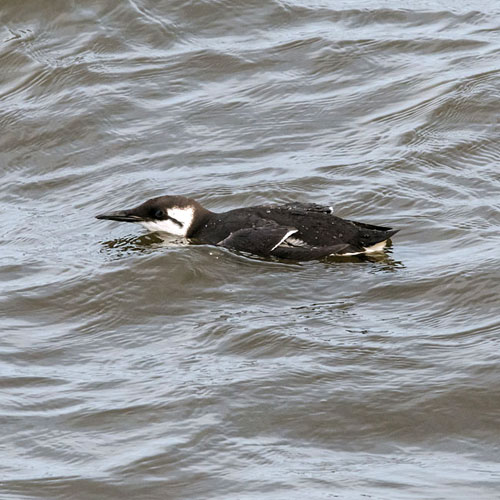
|
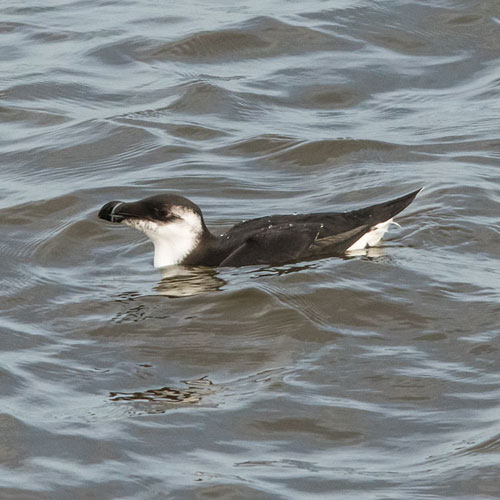
|
| Mute Swan |
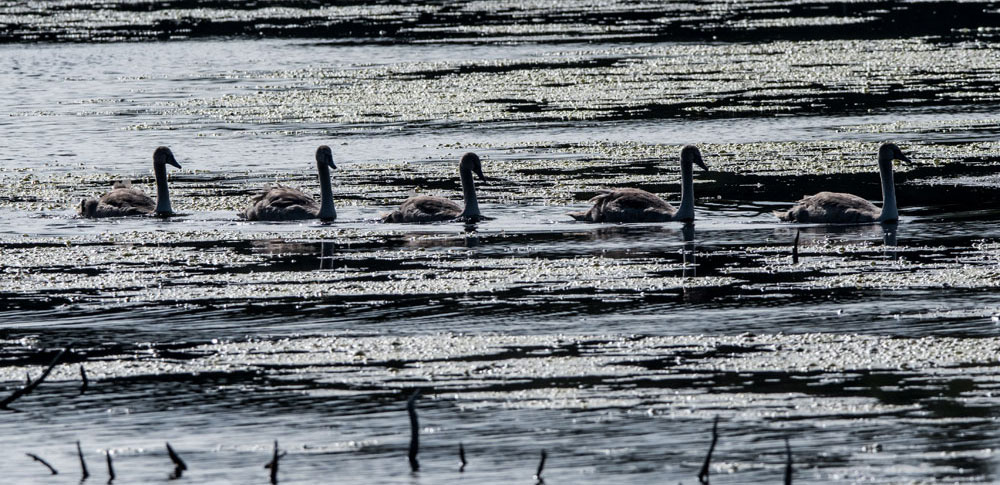 |
FUNGI
| Birch Polypore |
Bulbous Honey Fungus |
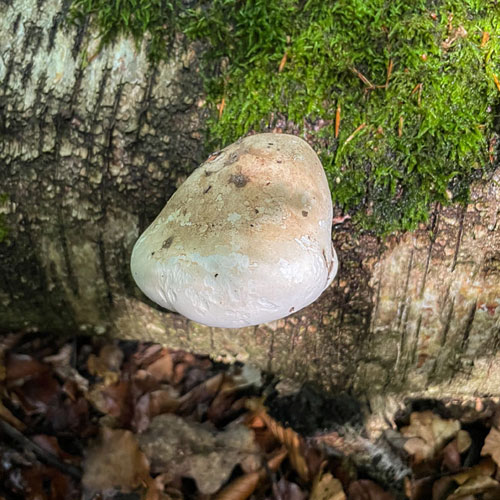
|
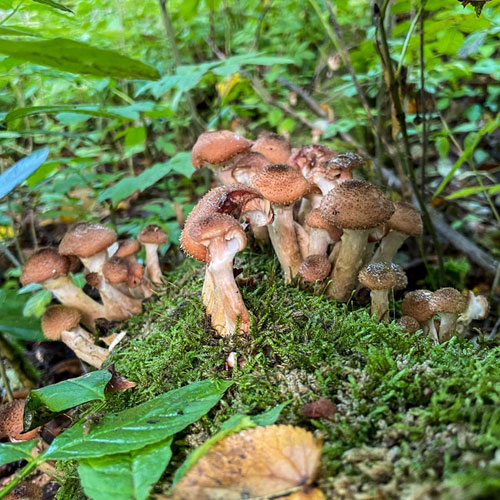
|
| Conifer Tuft... |
|
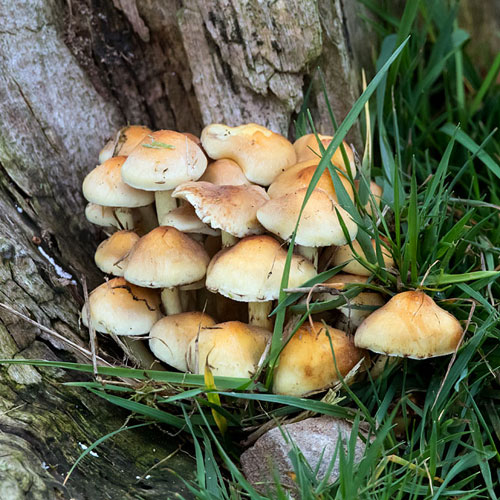
|
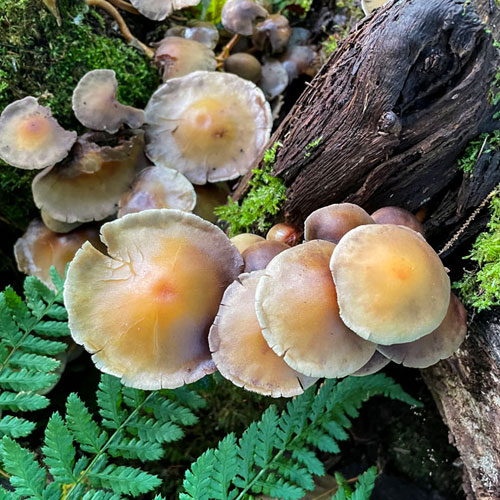
|
| Dryad's Saddle |
Mild Milkcap |
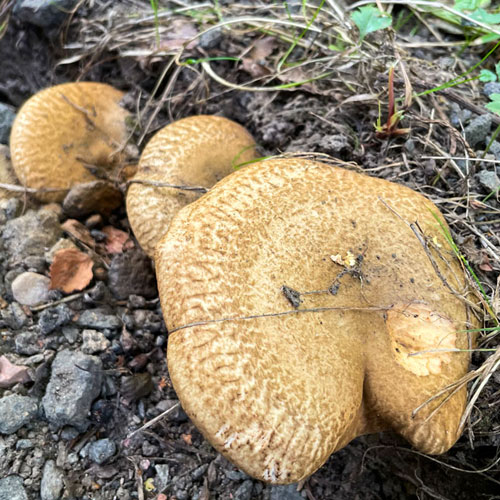 |
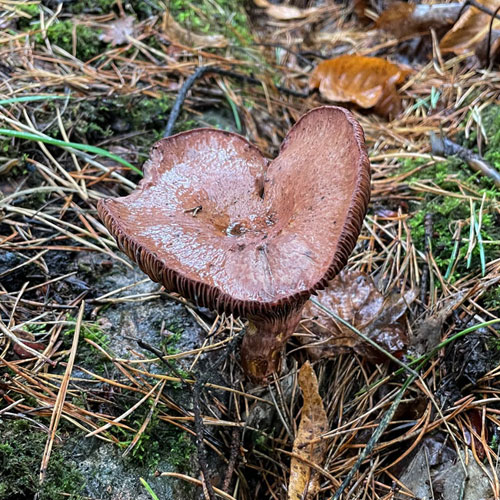 |
PORTRAIT
| Cormorant |
...Juvenile |
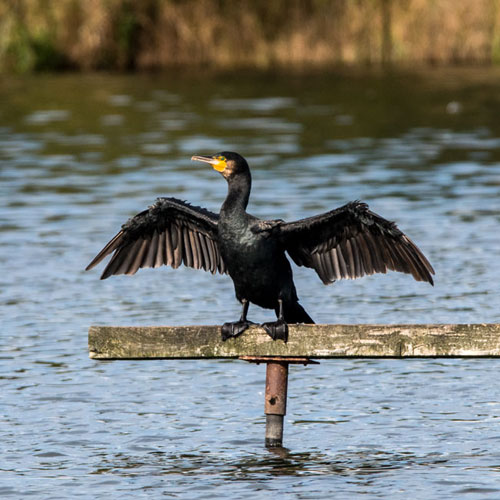
|
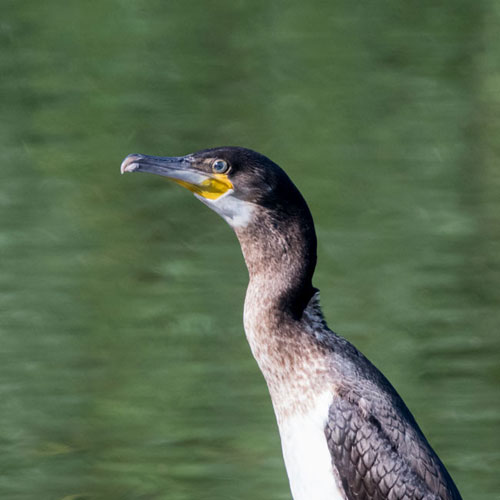
|
| Feral Pigeon |
Little Grebe |
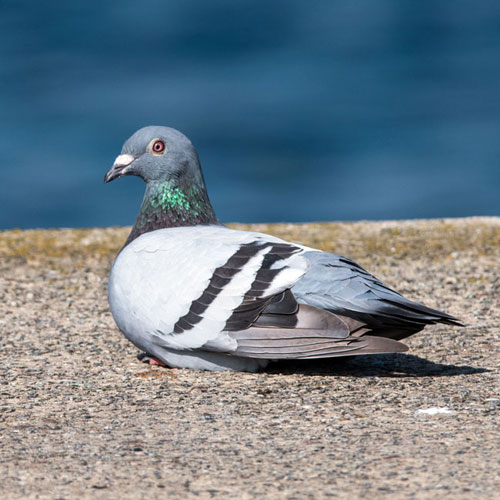 |
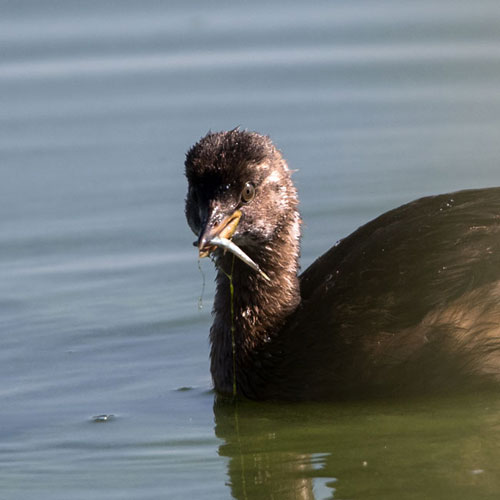 |
| Moorhen |
Female Tufted Duck |
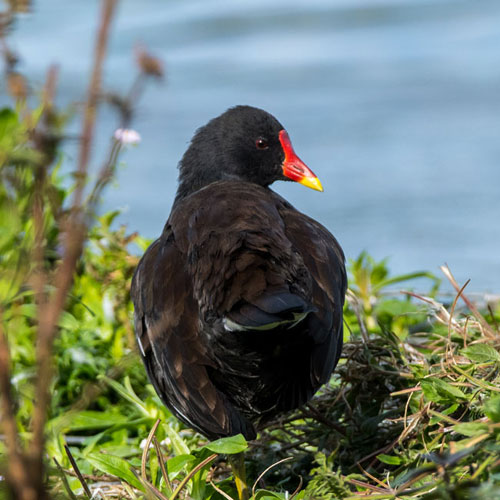 |
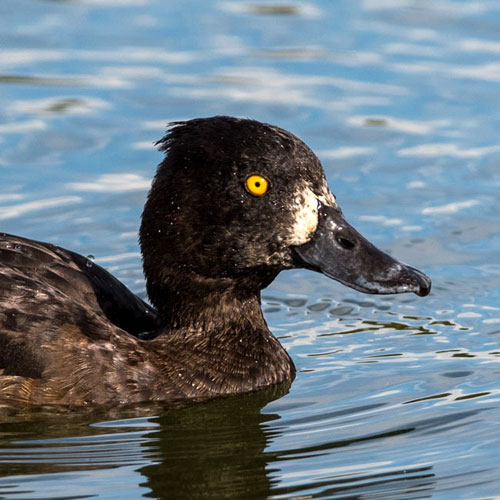 |
MISCELLANEOUS
| Fly - Lucilia silvarum |
Red Admiral Butterfly |
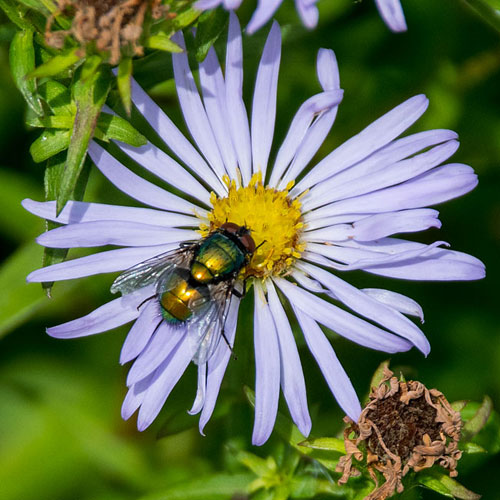
|
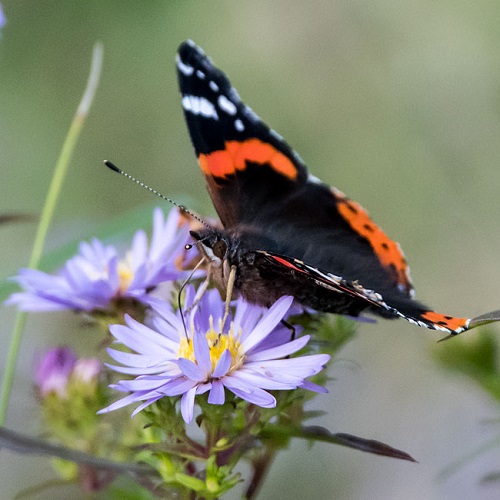
|
| Common Toad |
Grey Partridge |
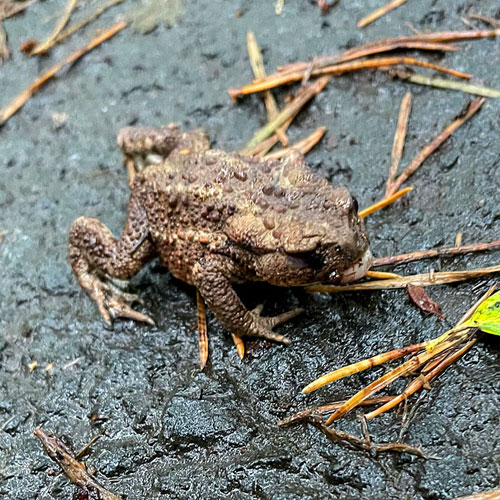 |
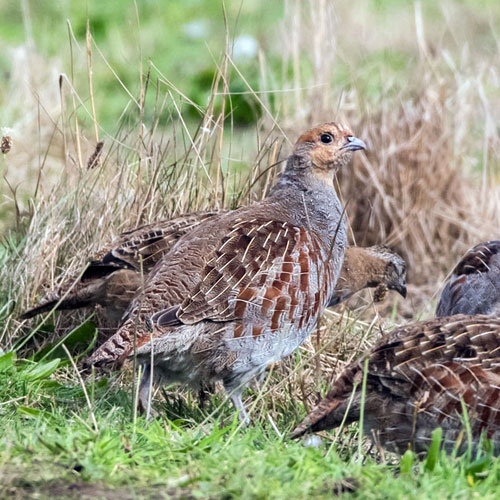 |
| Magpie |
Female Mallard |
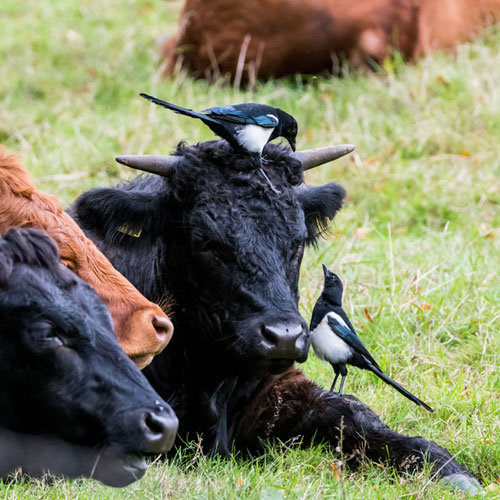 |
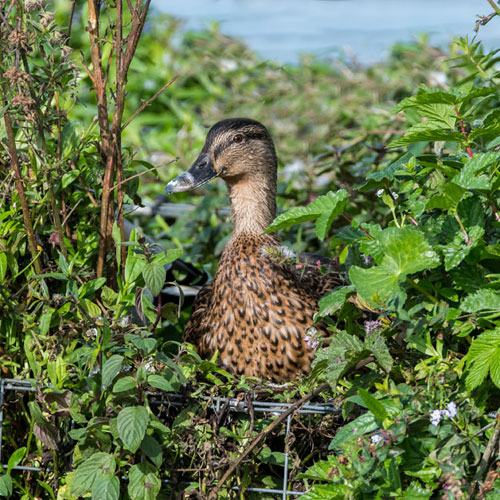 |
WINGS
| Cormorant |
Lapwing |
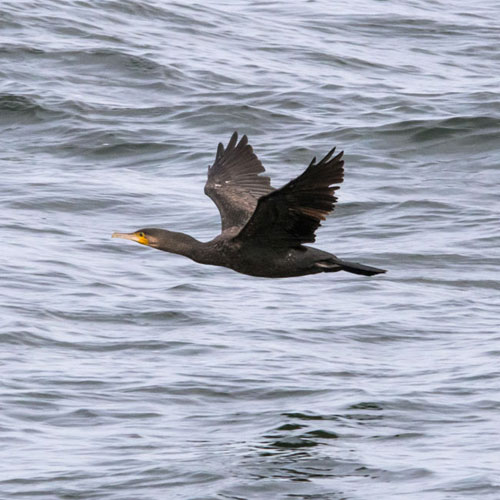
|
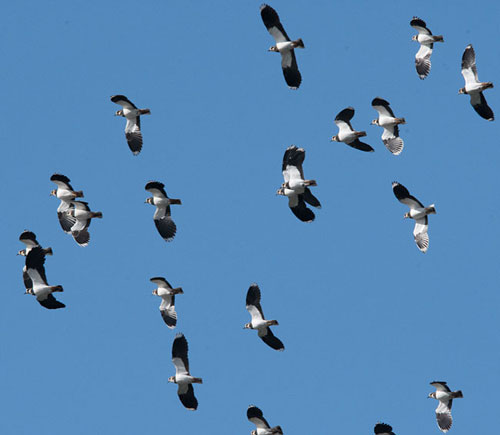
|
| Sandwich Tern |
Shoveler |
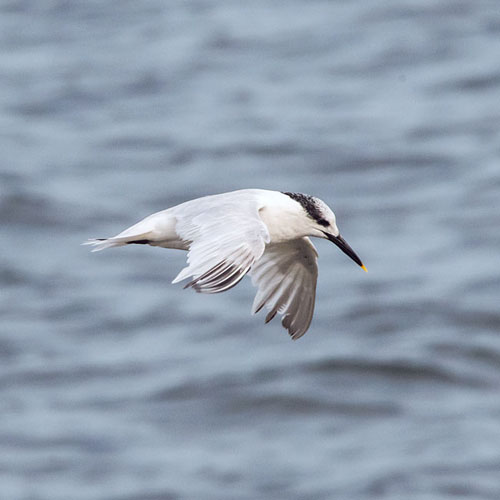
|
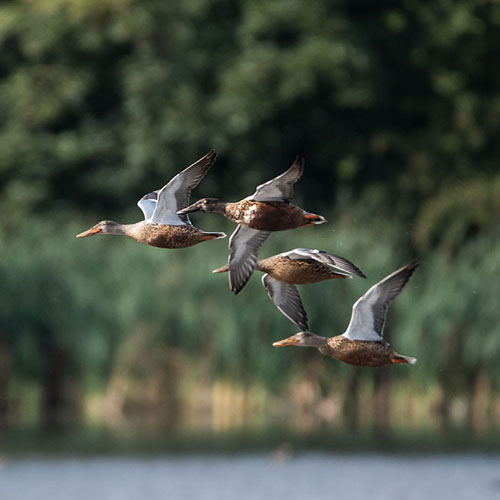
|
CURLEW
EATING A CRAB
MORE
BIRDS ON WATER
| Mute Swan |
Pectoral Sandpiper |
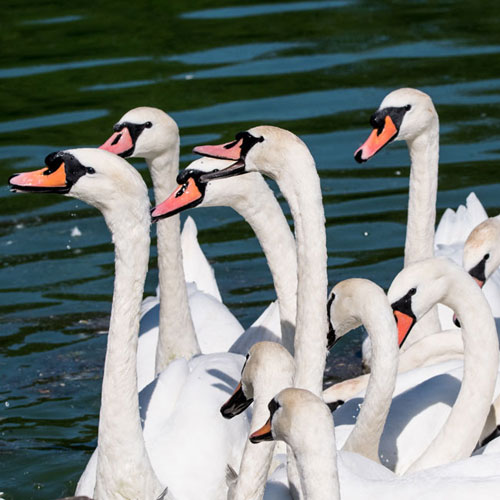
|
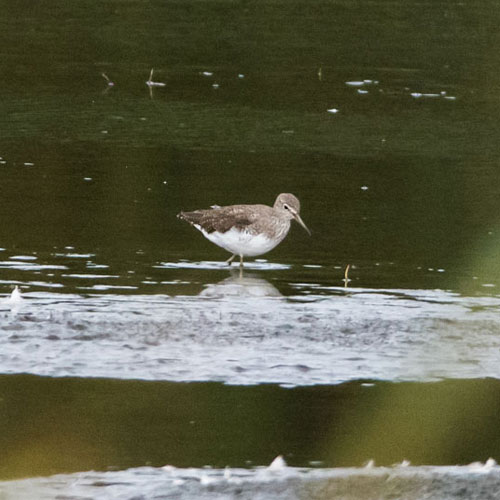
|
| Redshank |
Ruff |
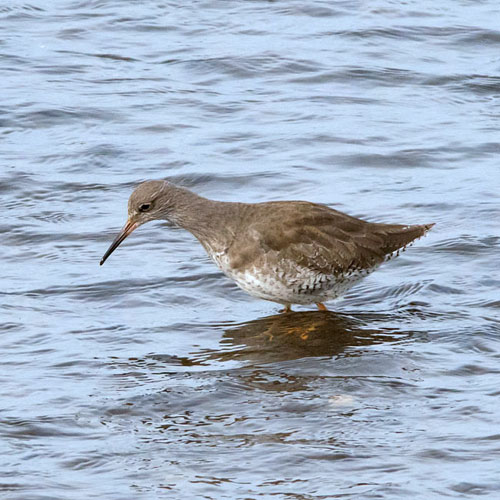
|
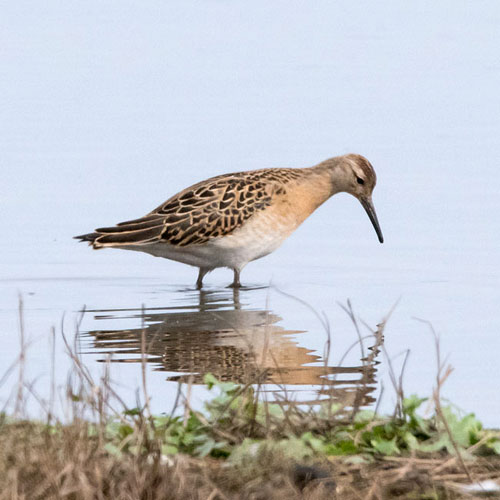
|
MORE
FUNGI
| Panther Cap |
Southern Bracket |
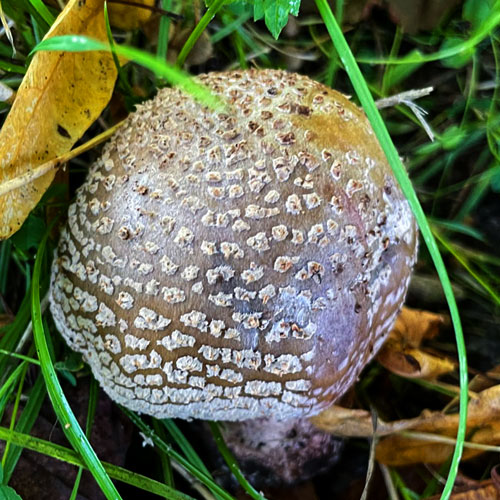
|
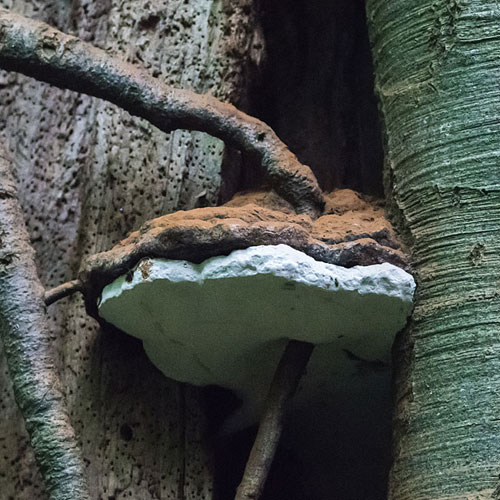
|
| Stump Puffball |
Sulphur Tuft |
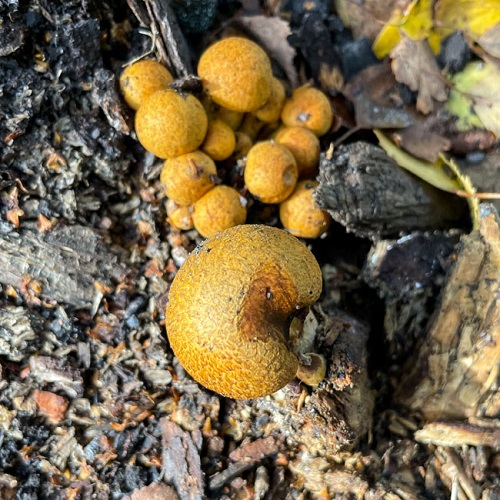
|
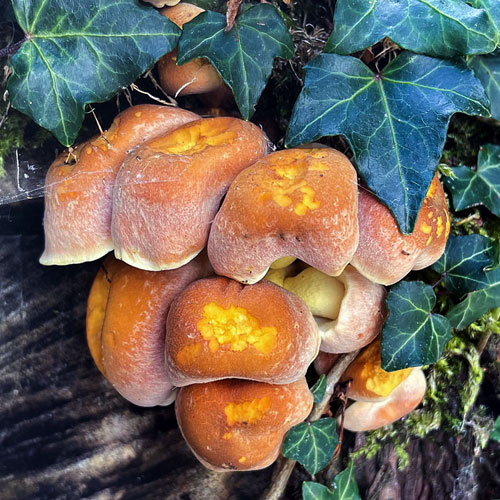
|
| The Sickener... |
|
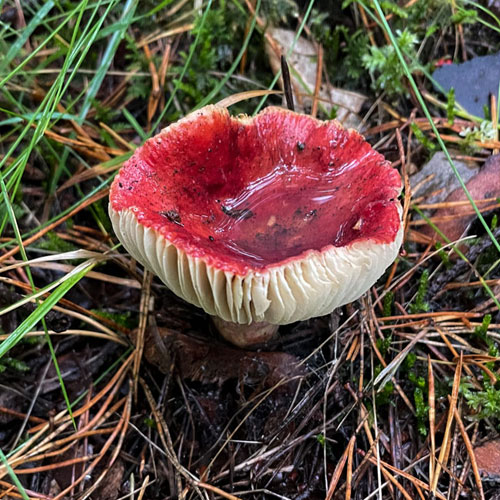 |
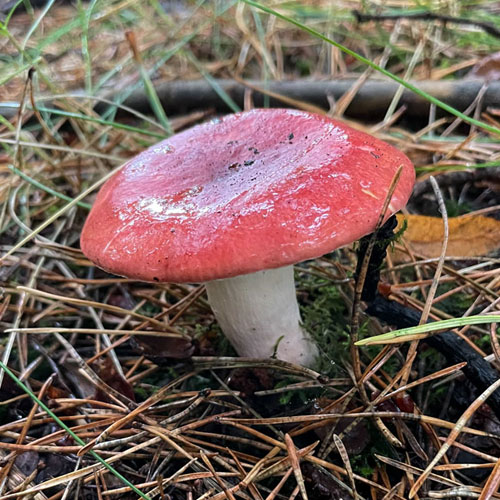 |
Back To Top
|

